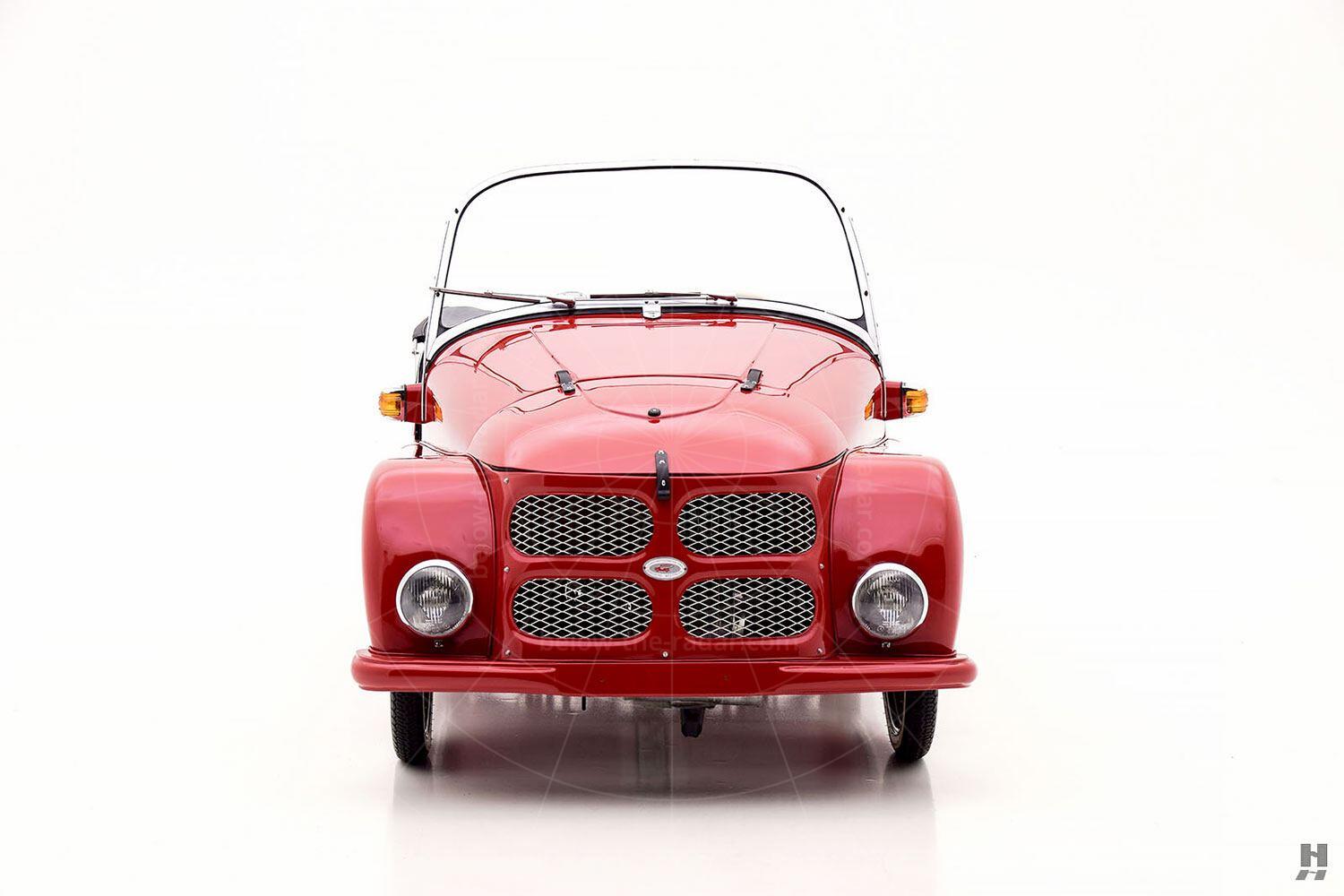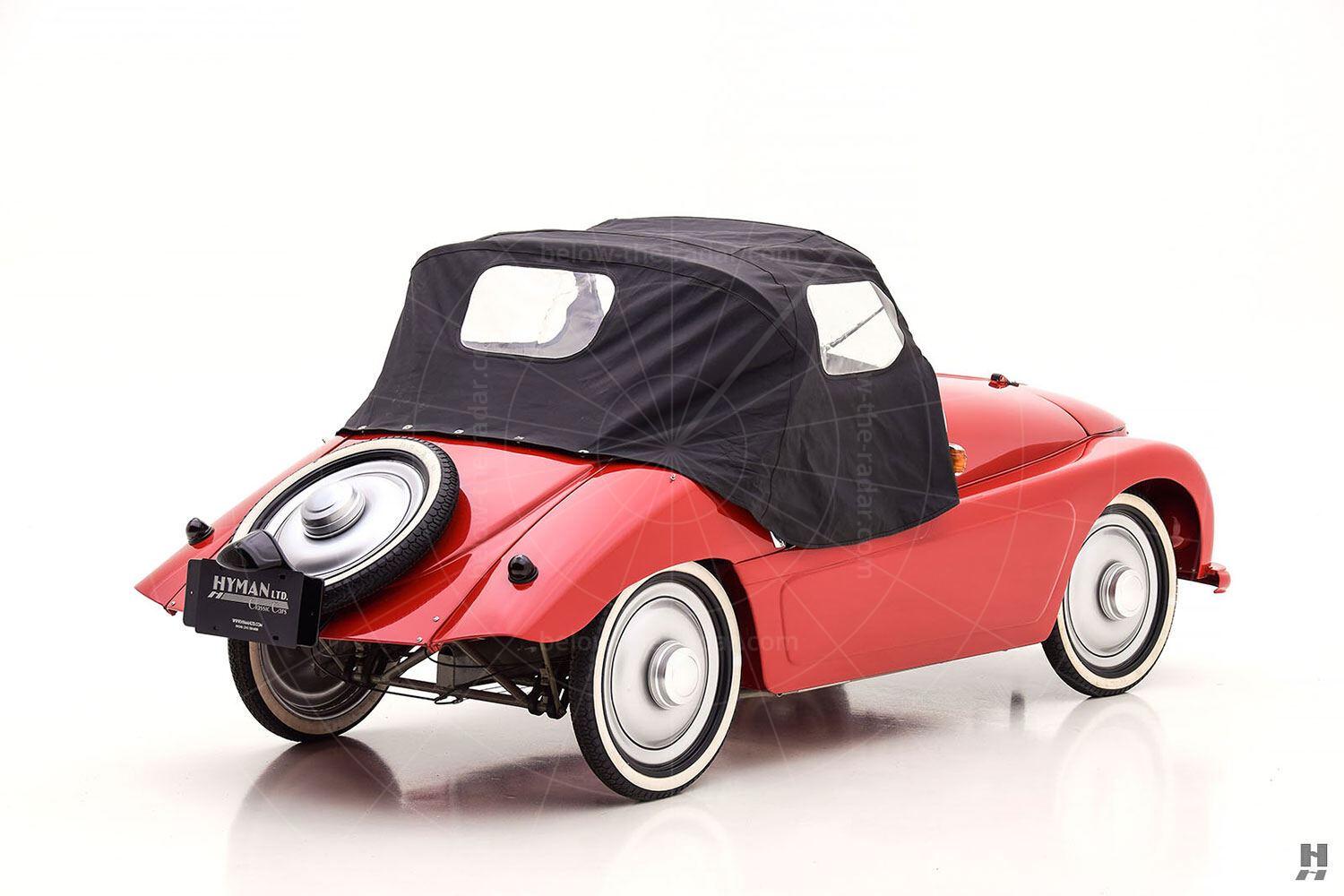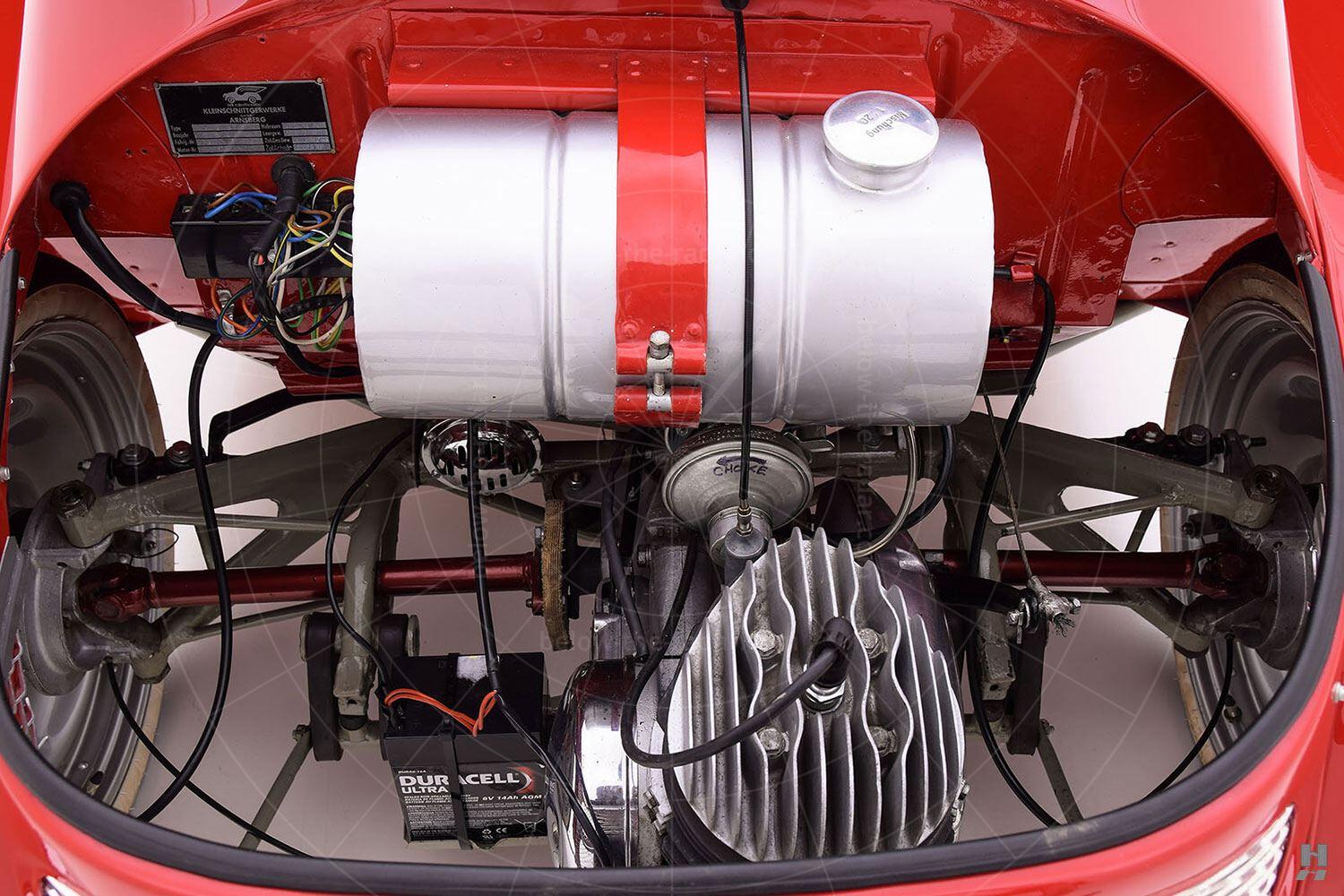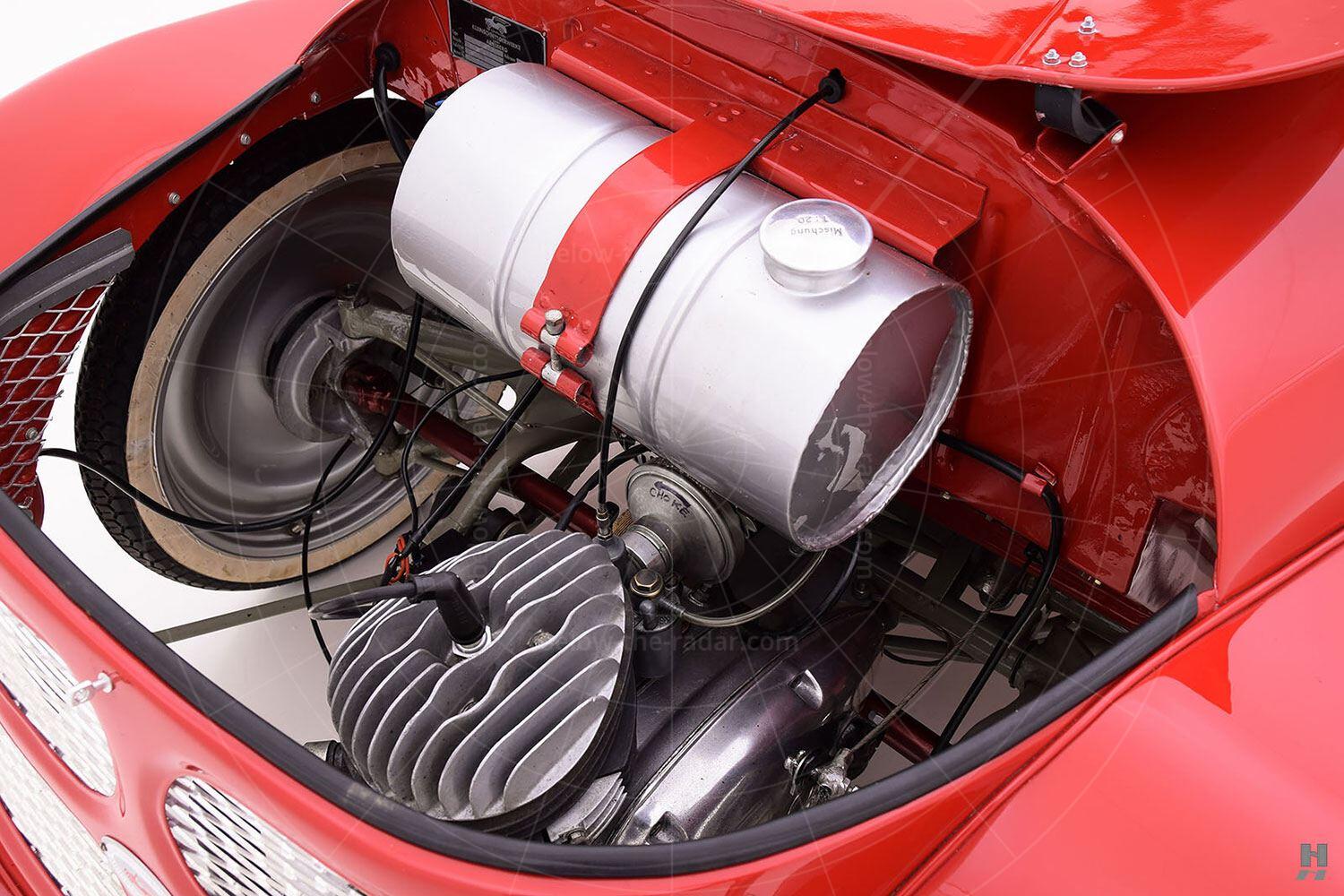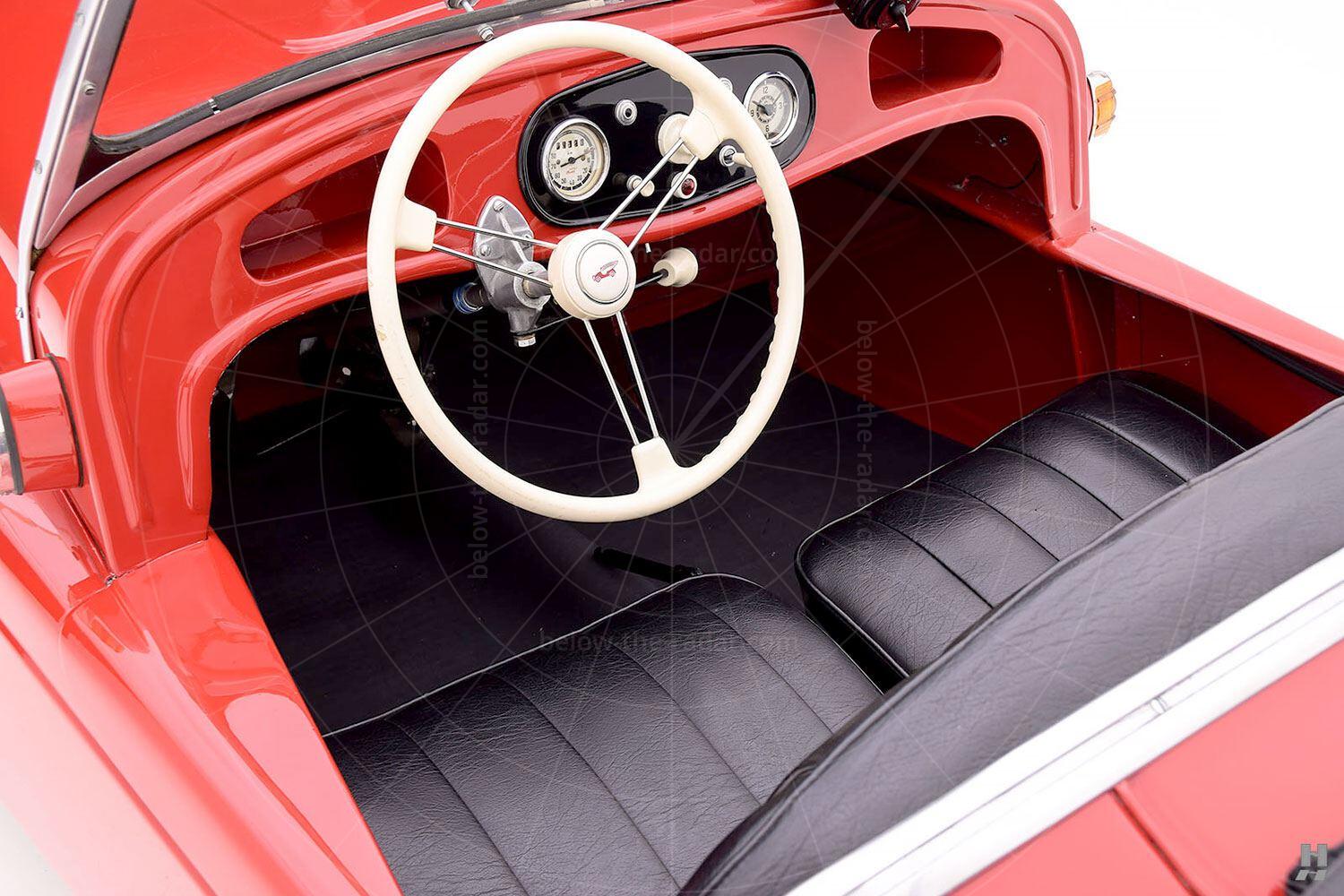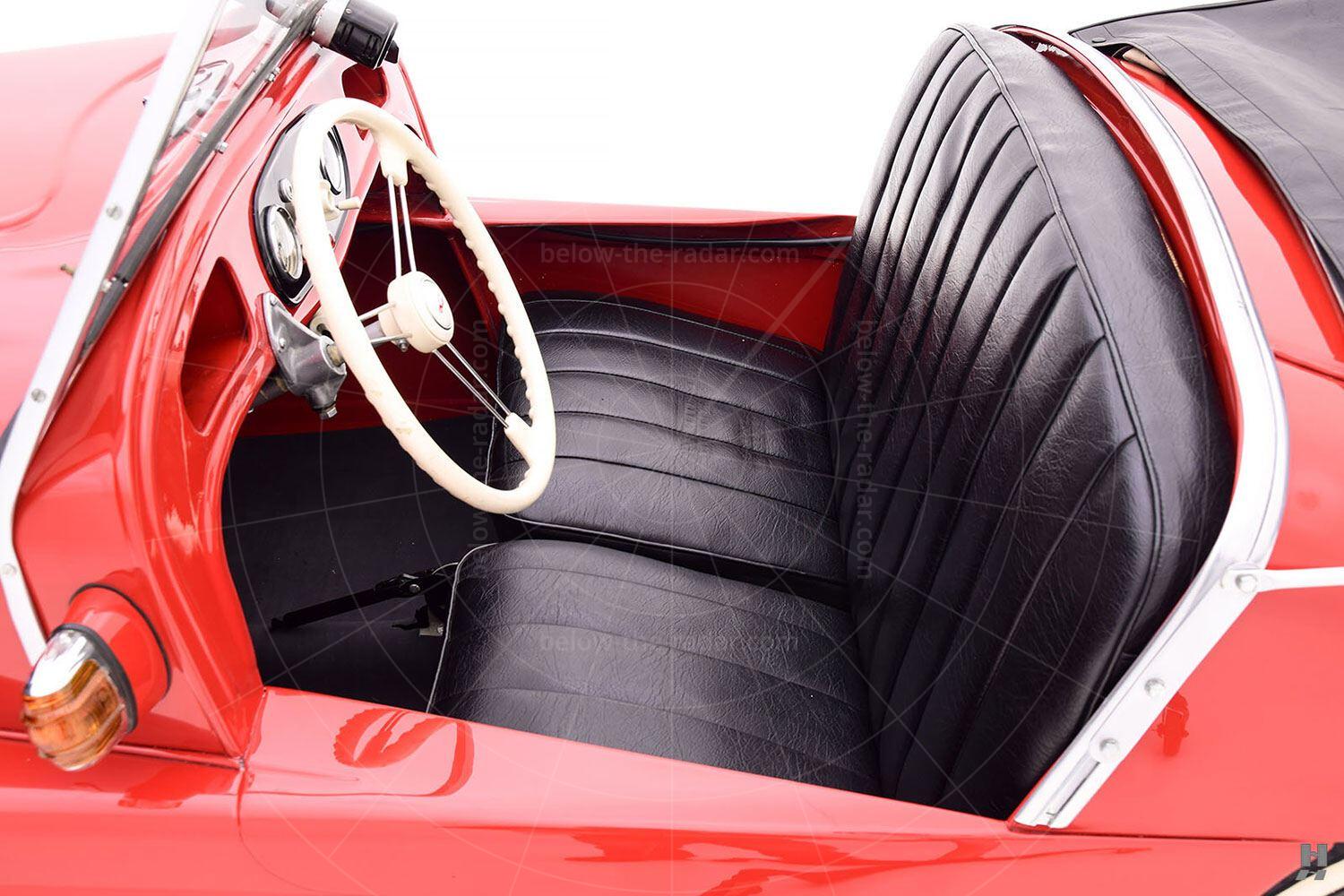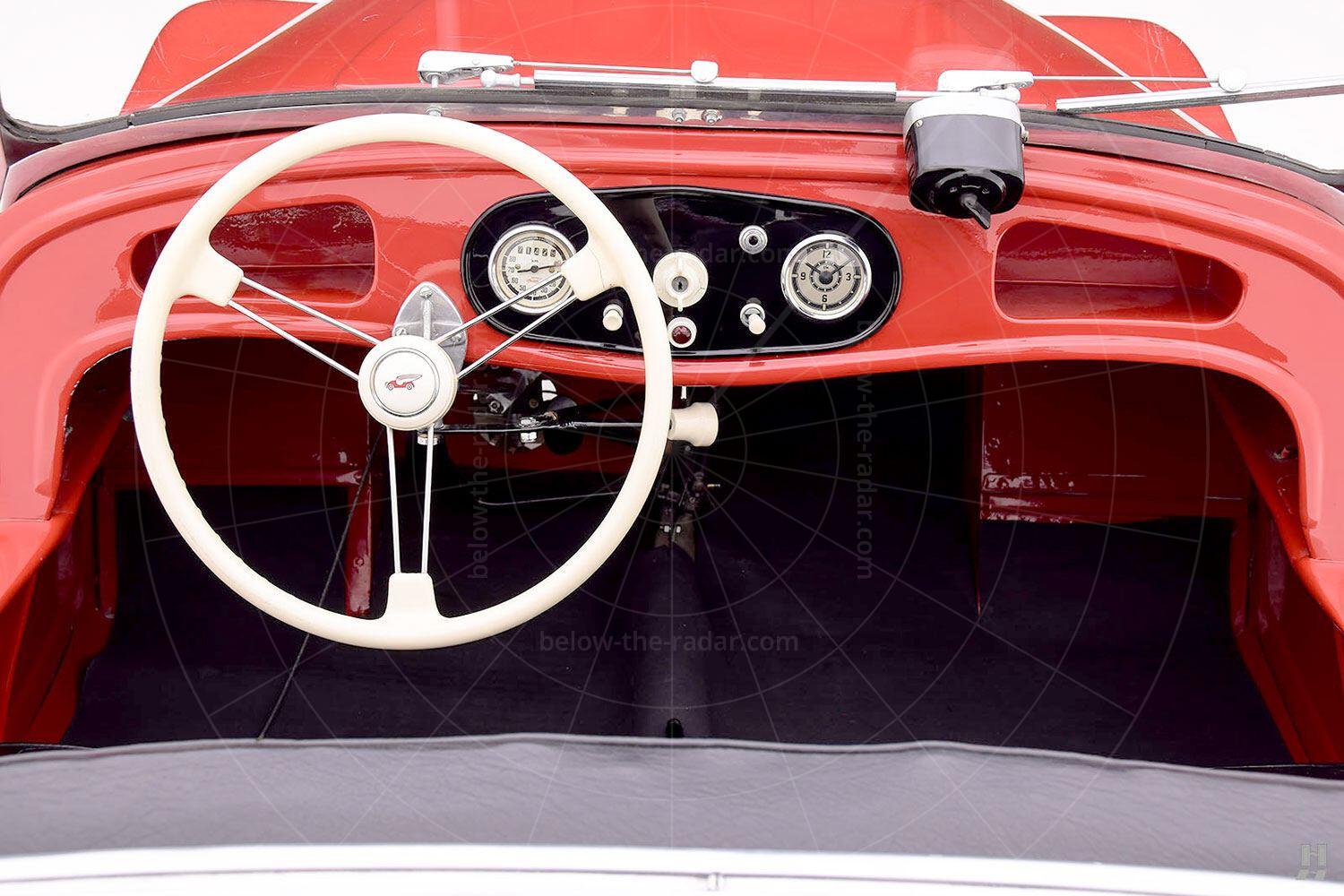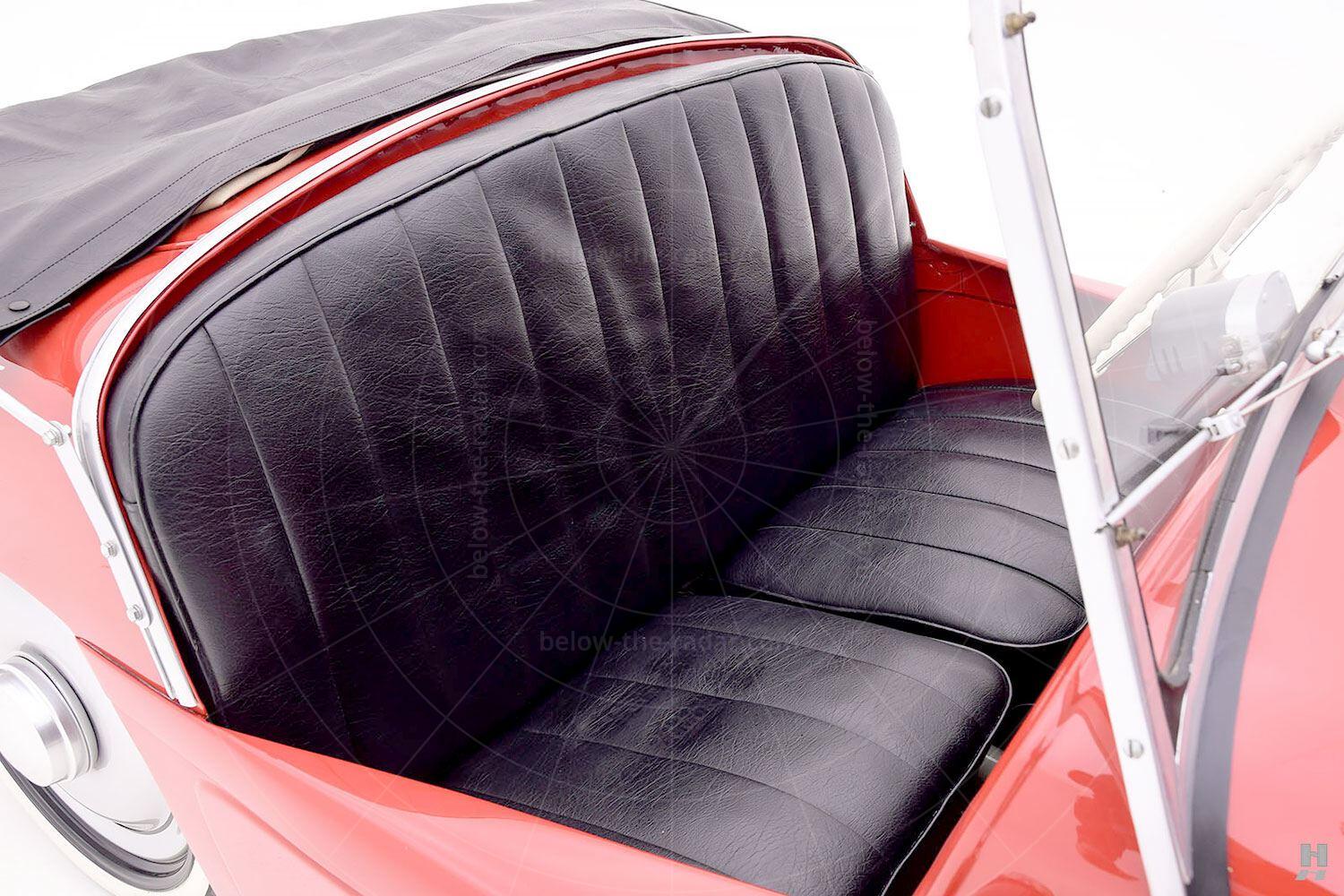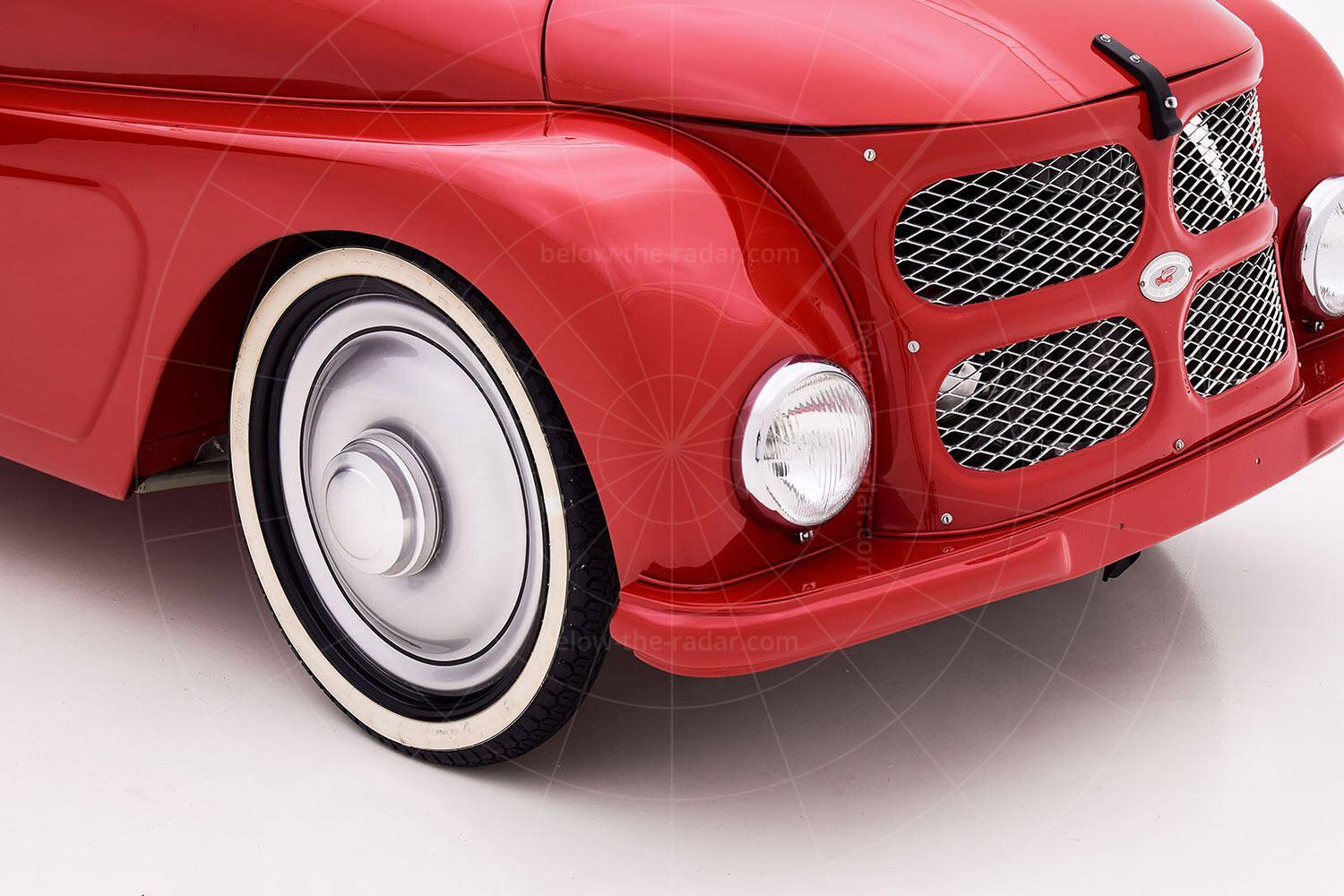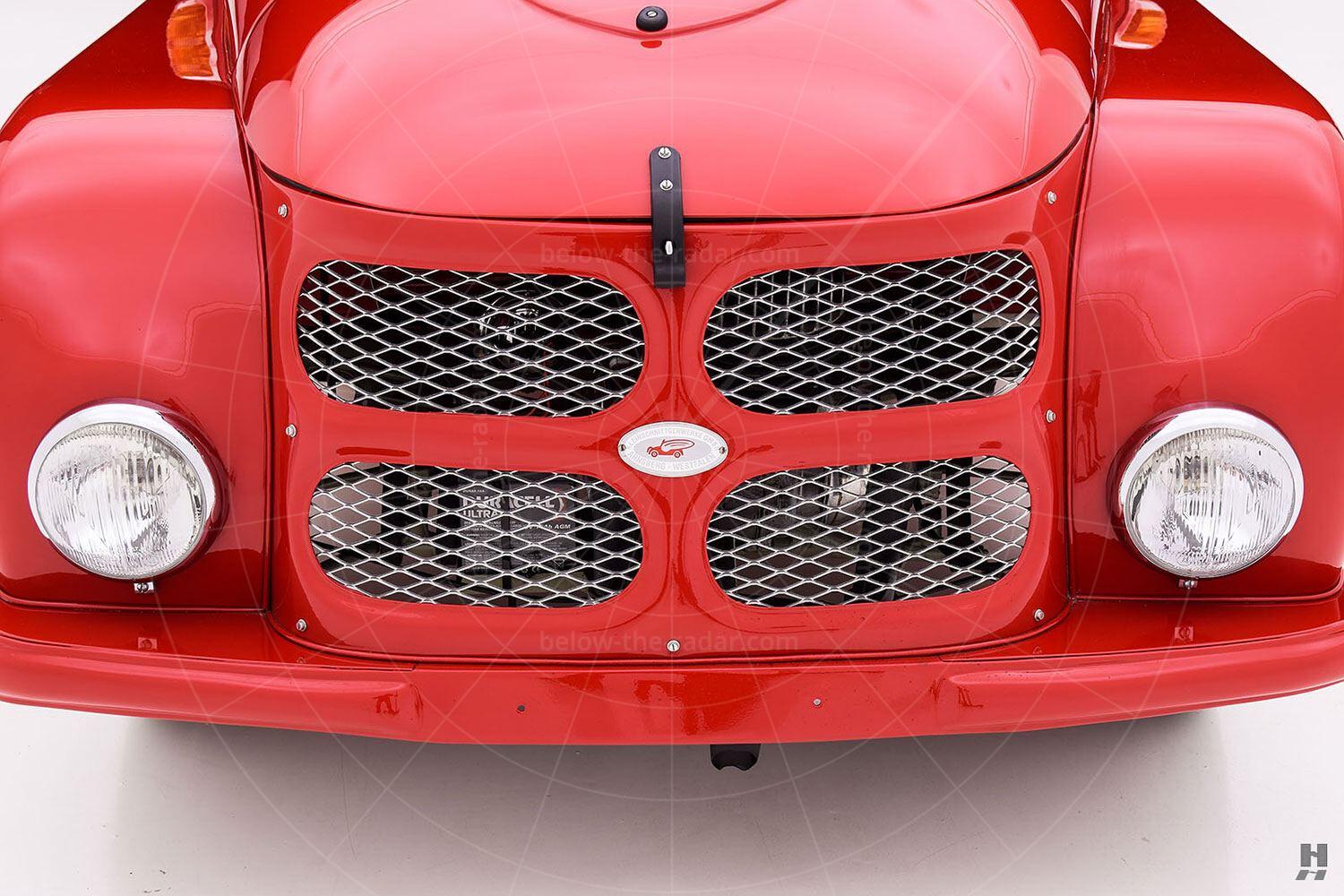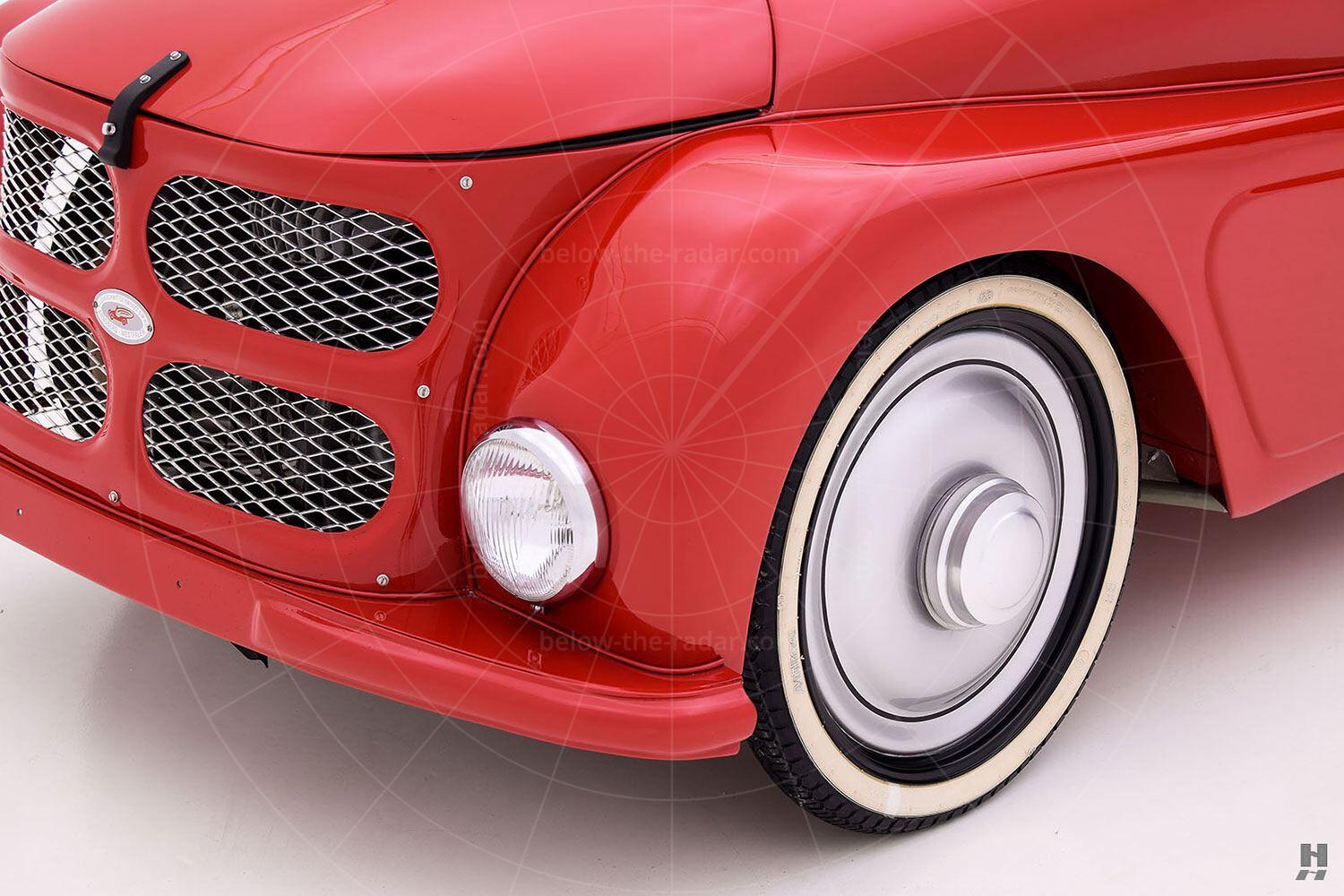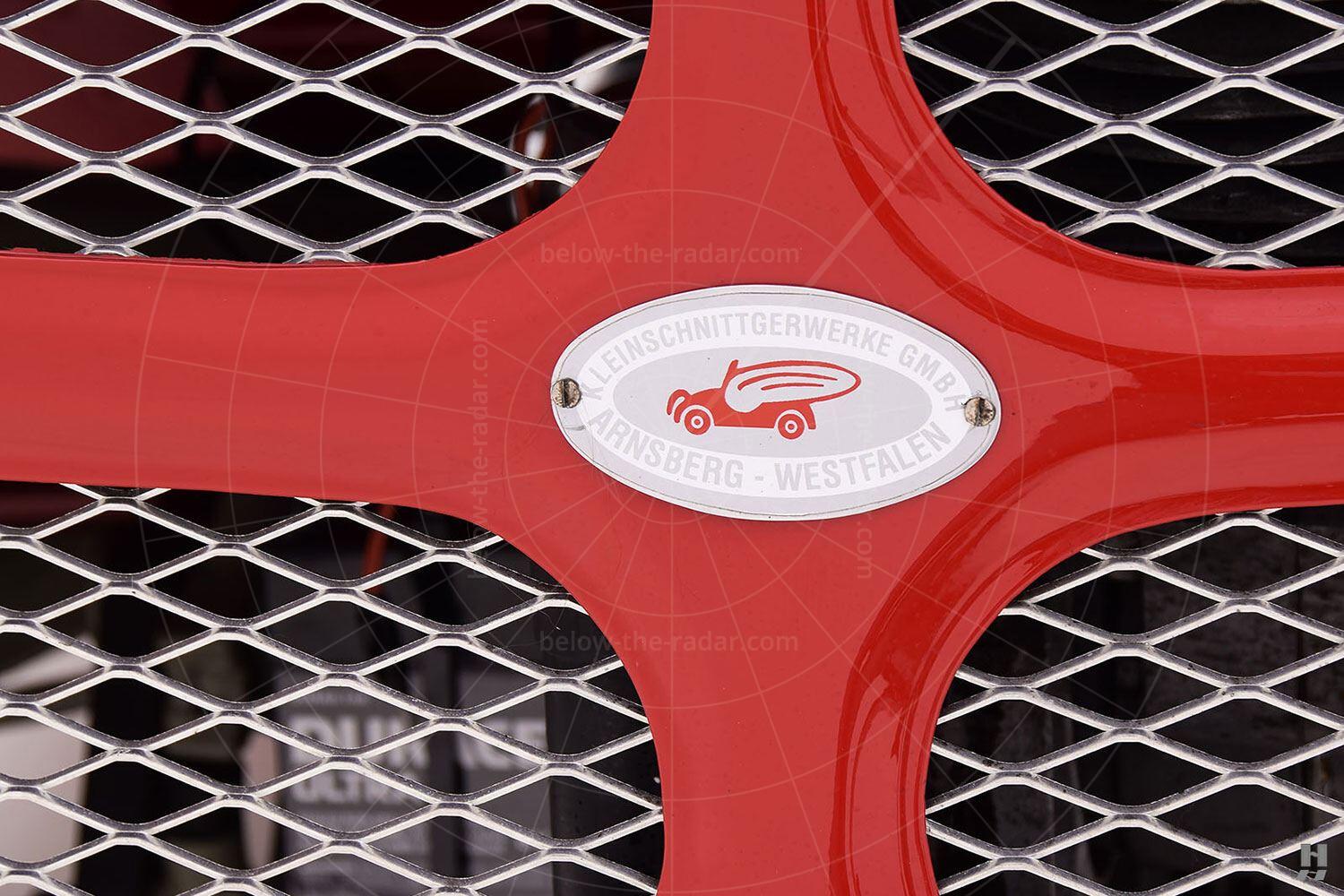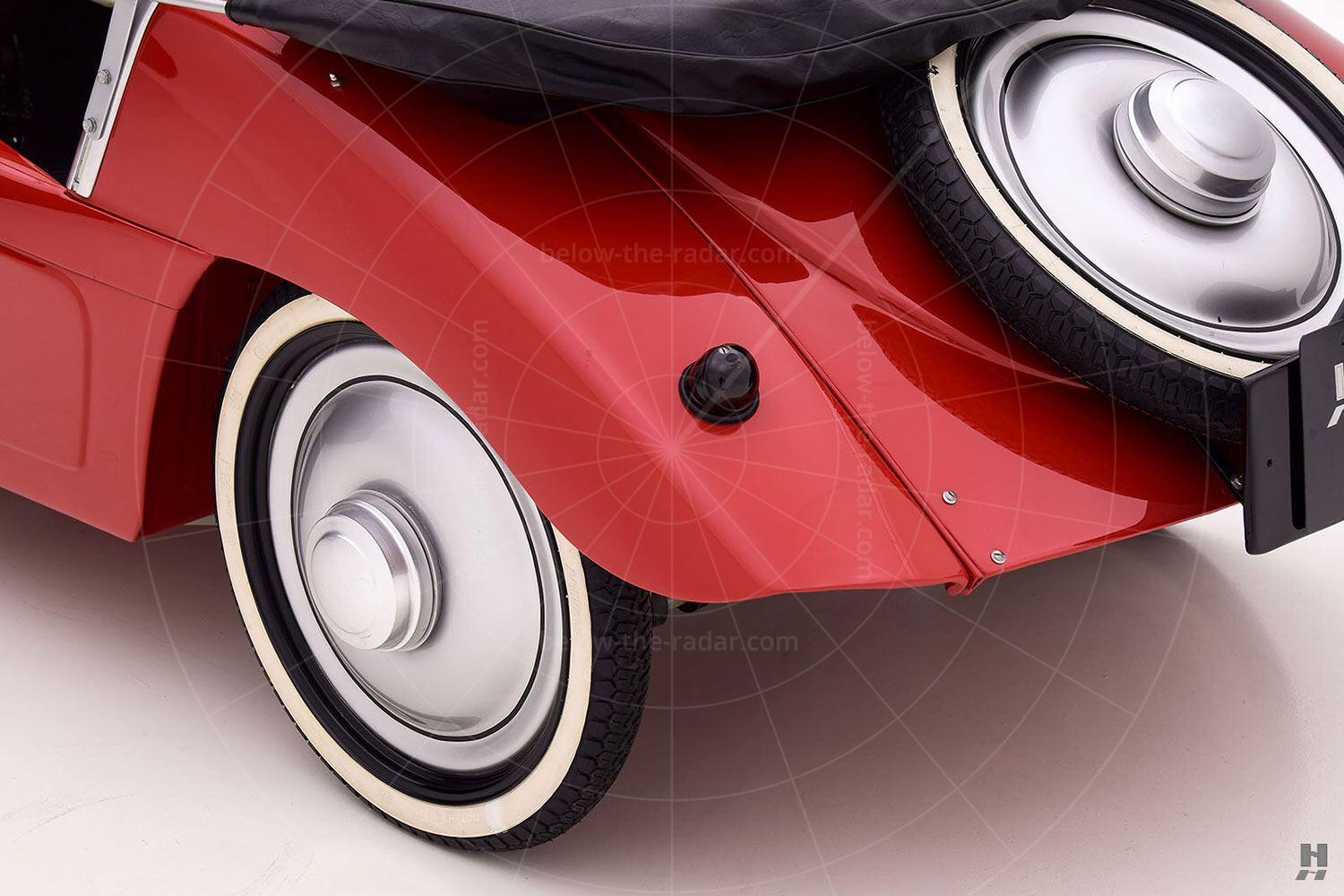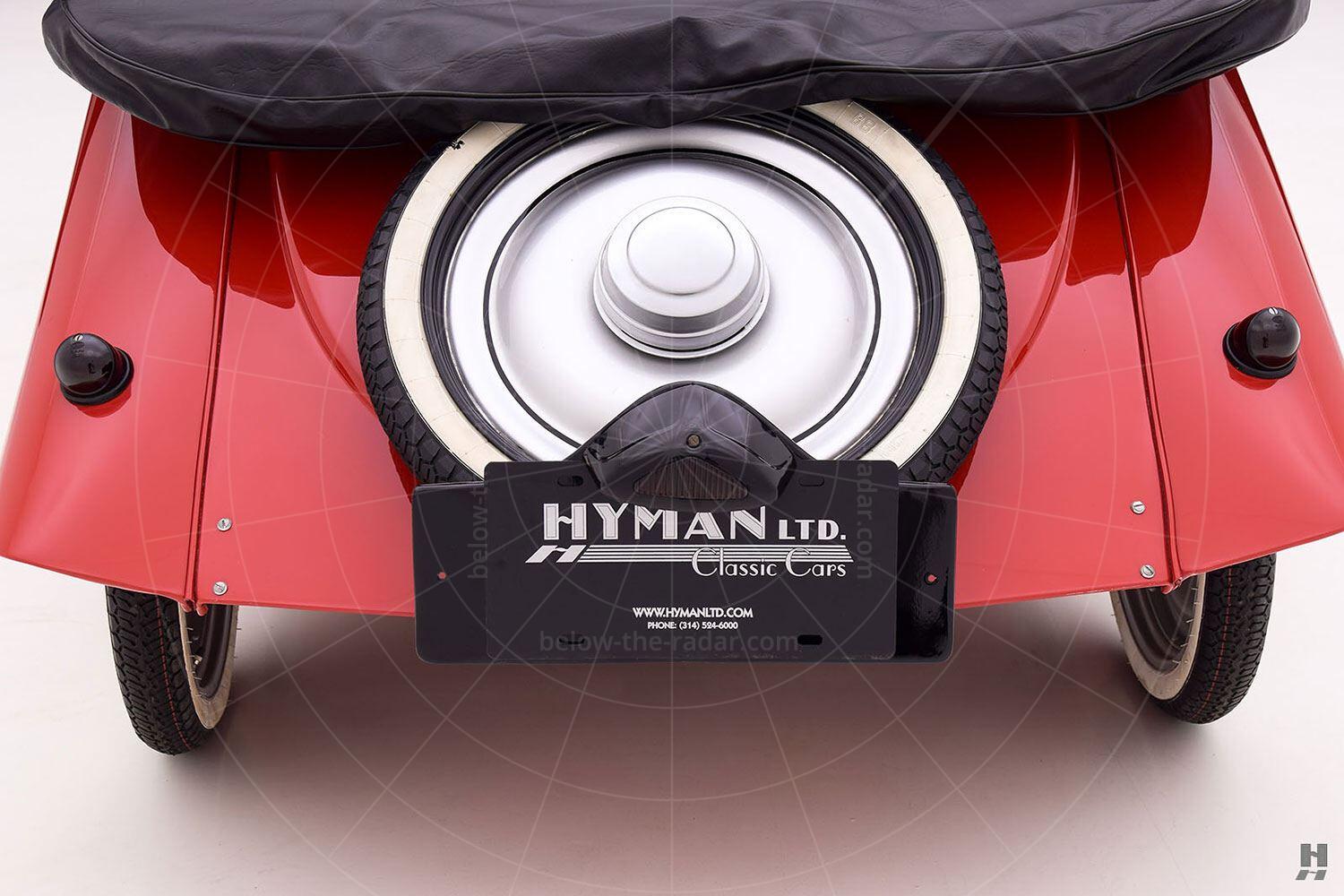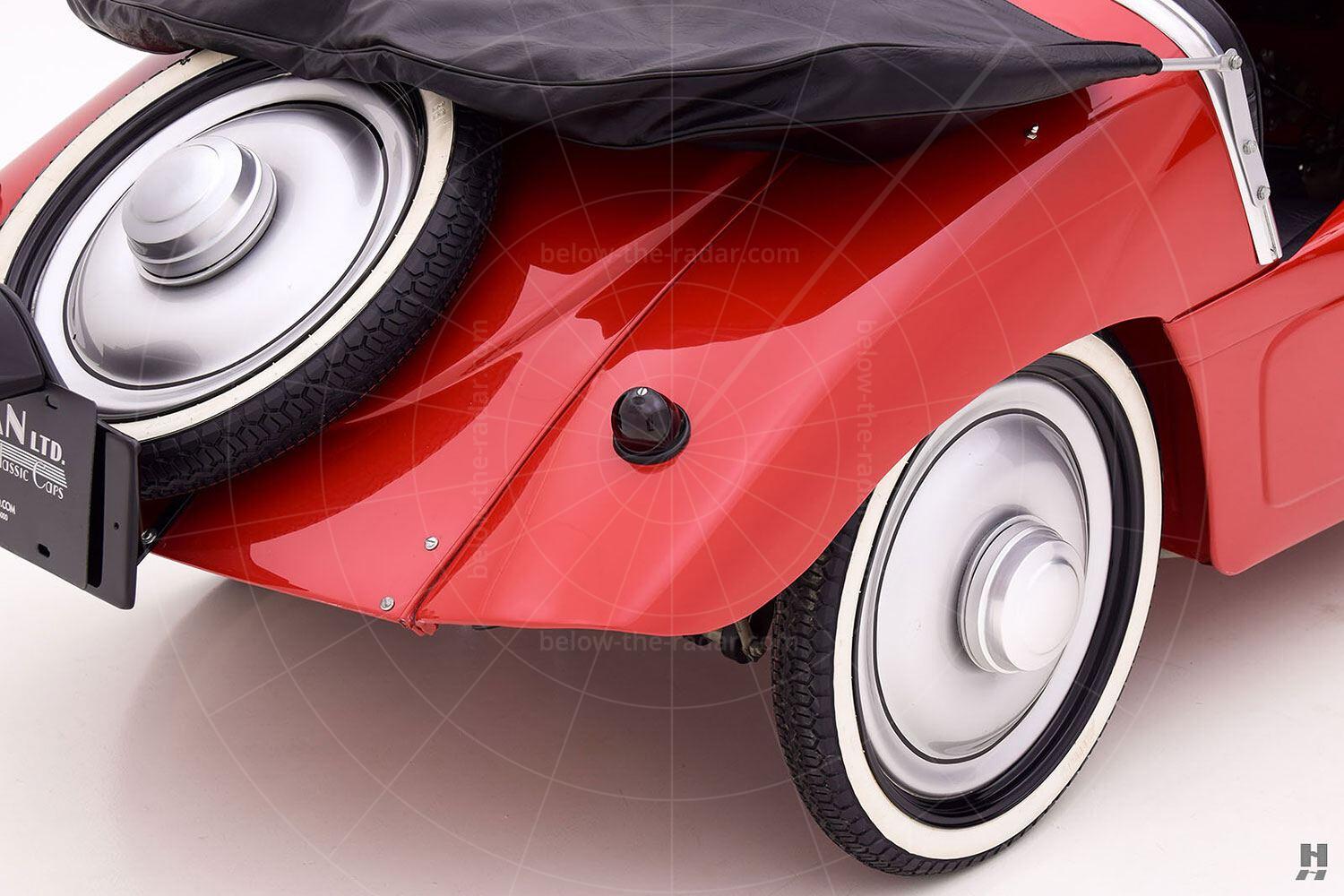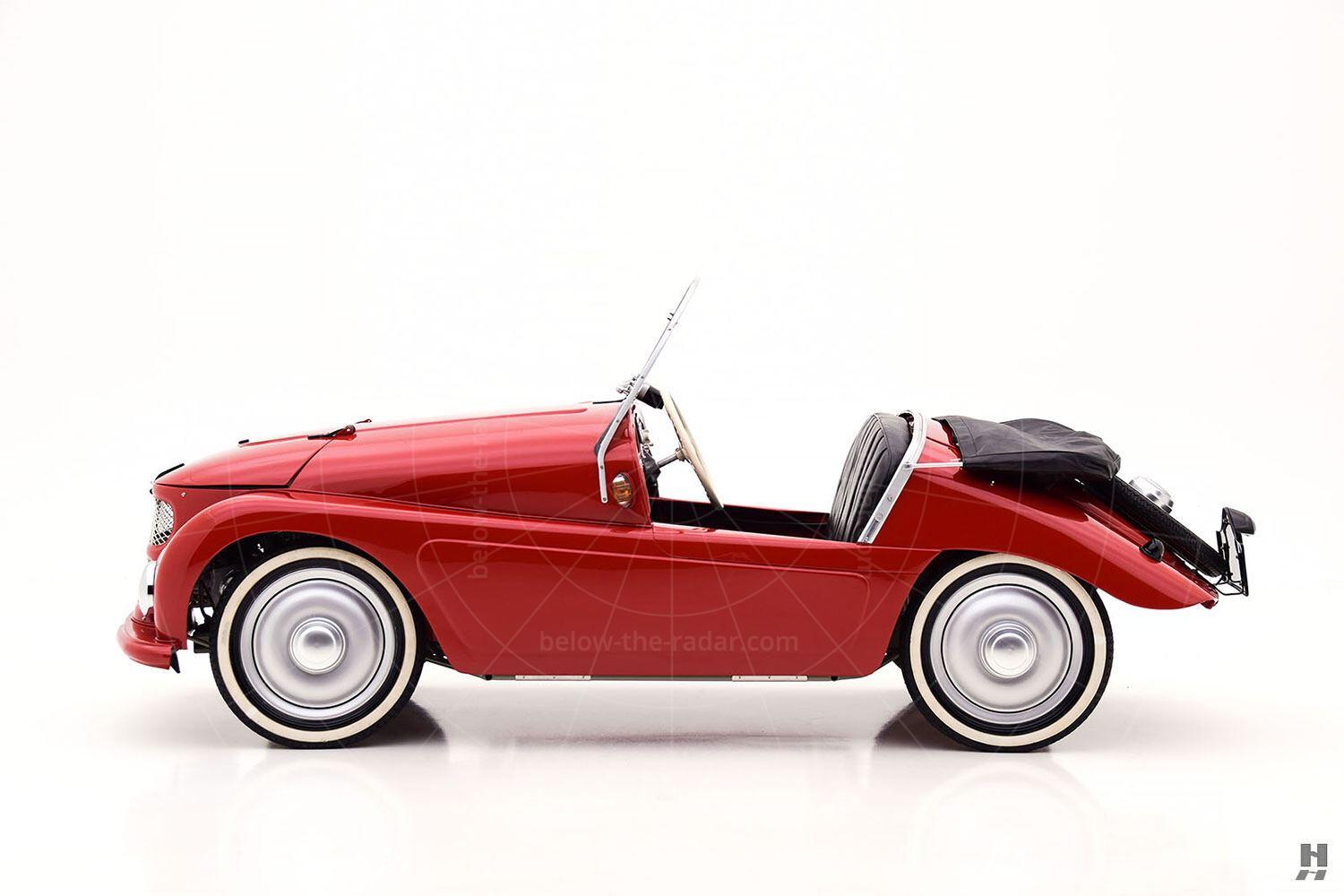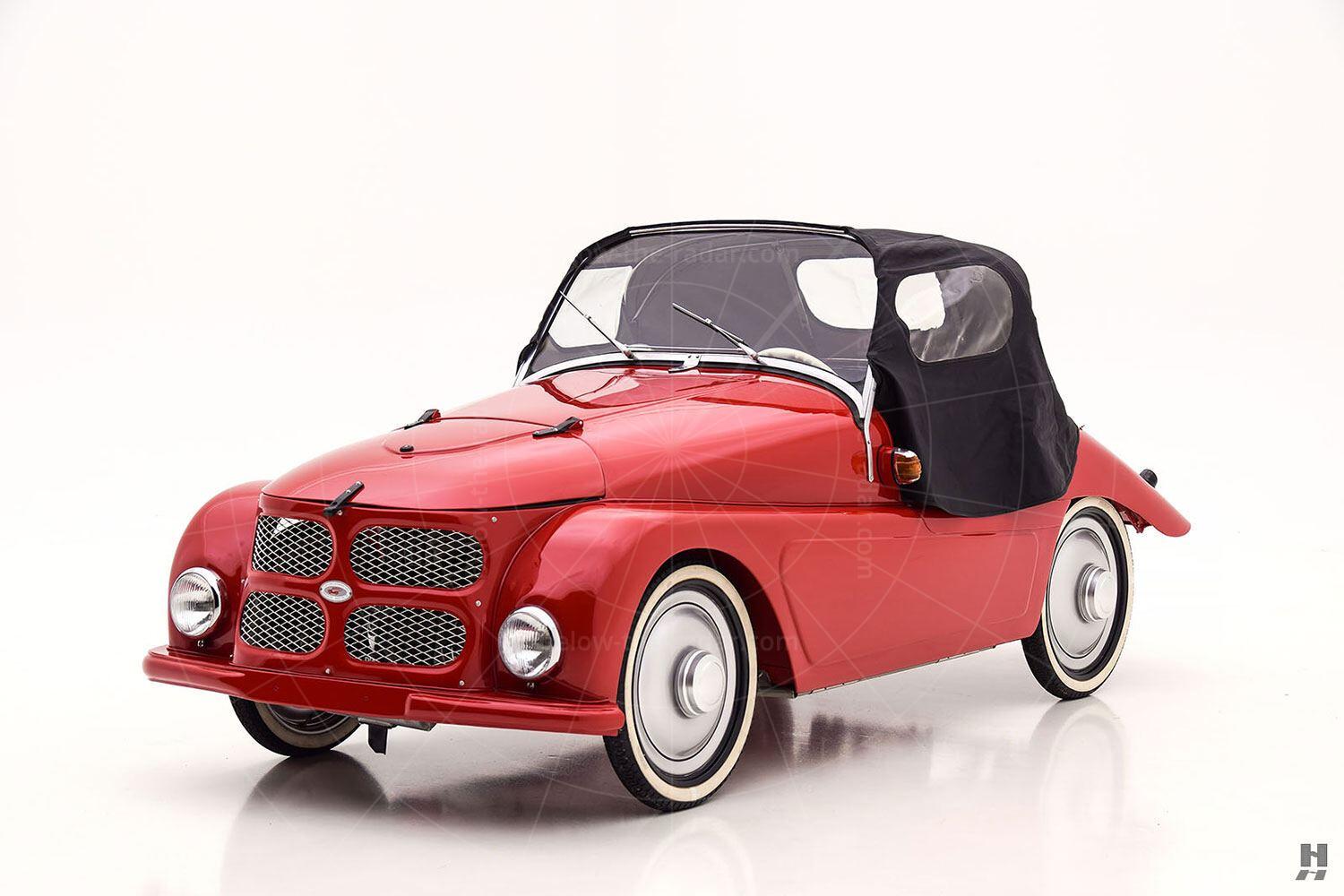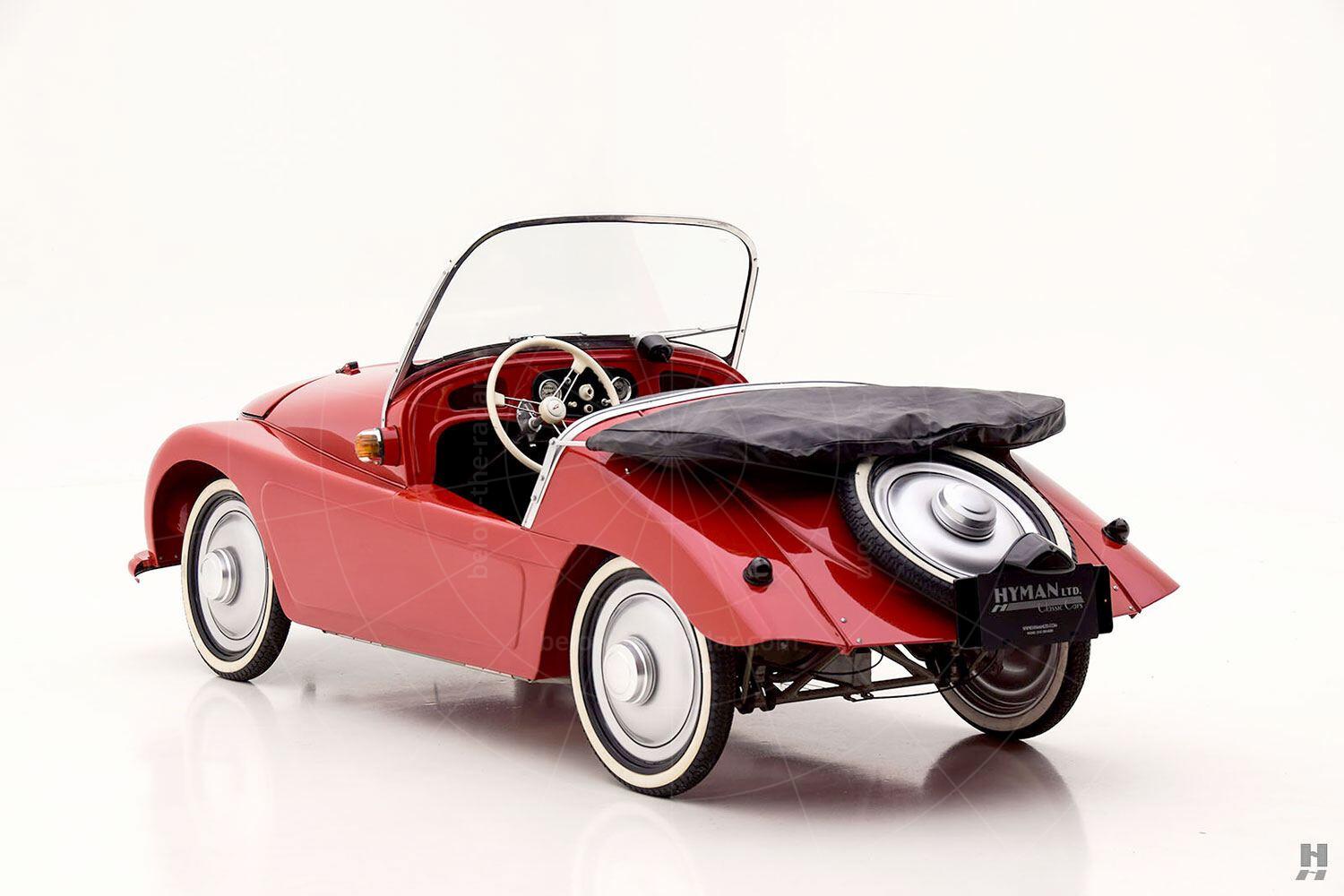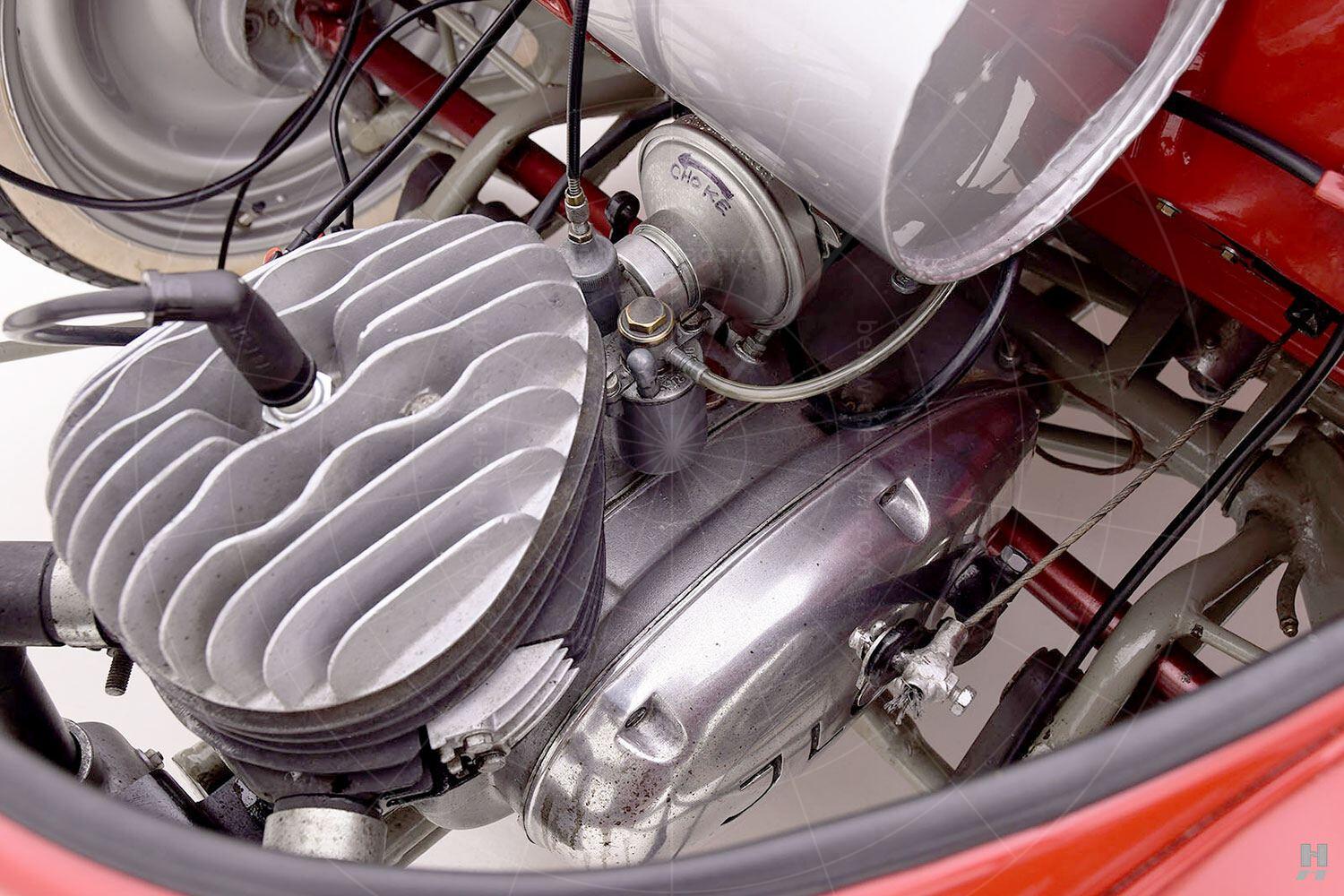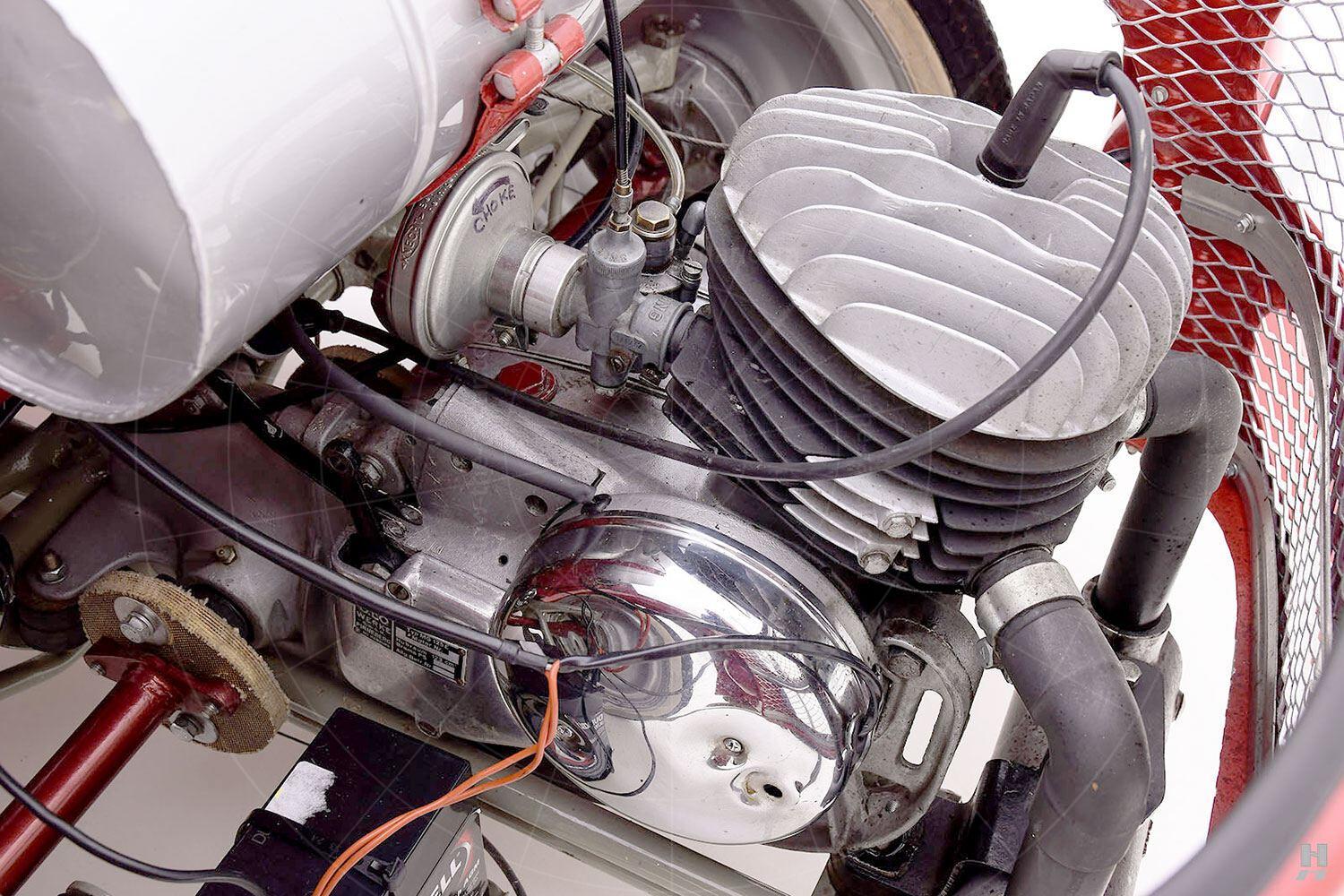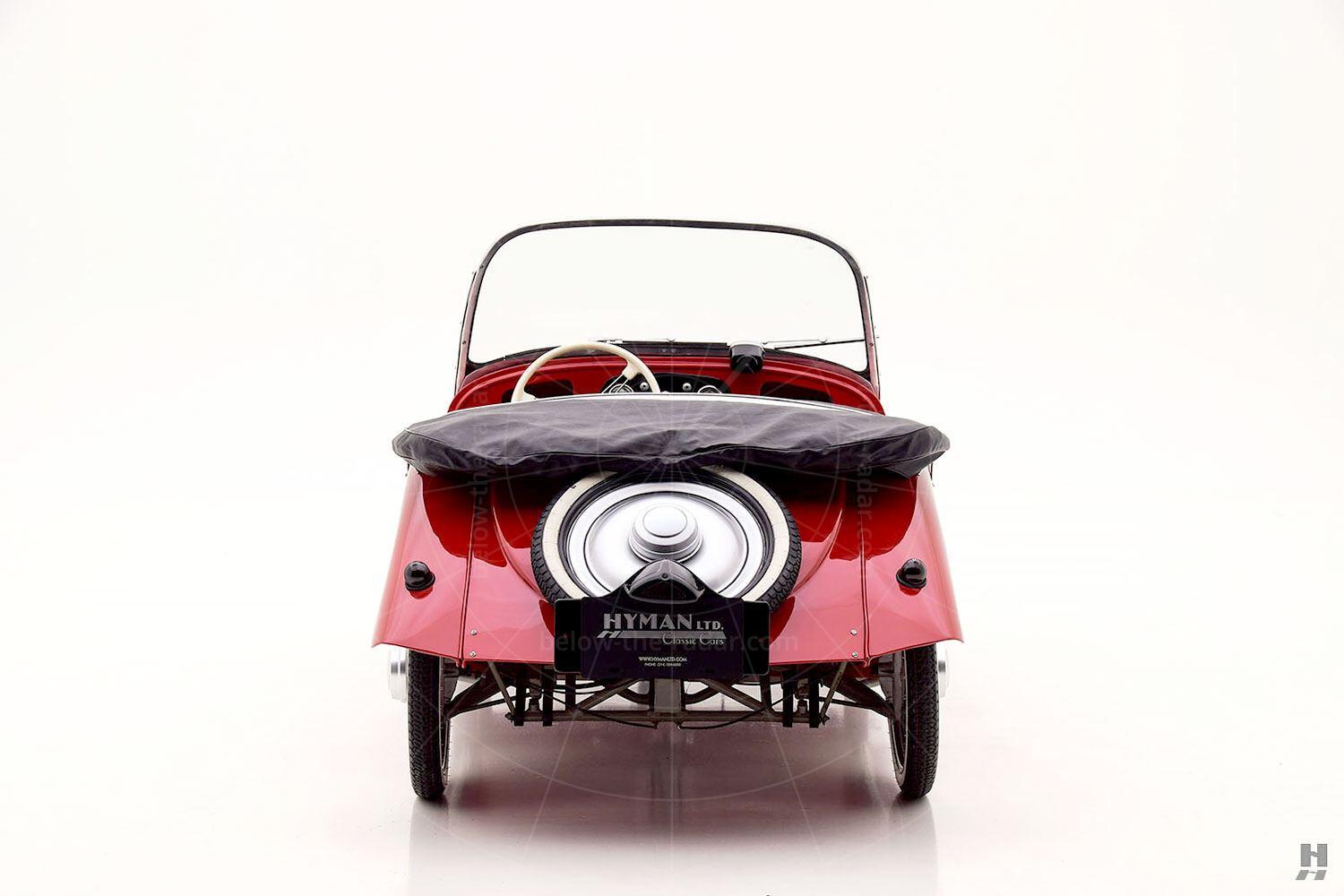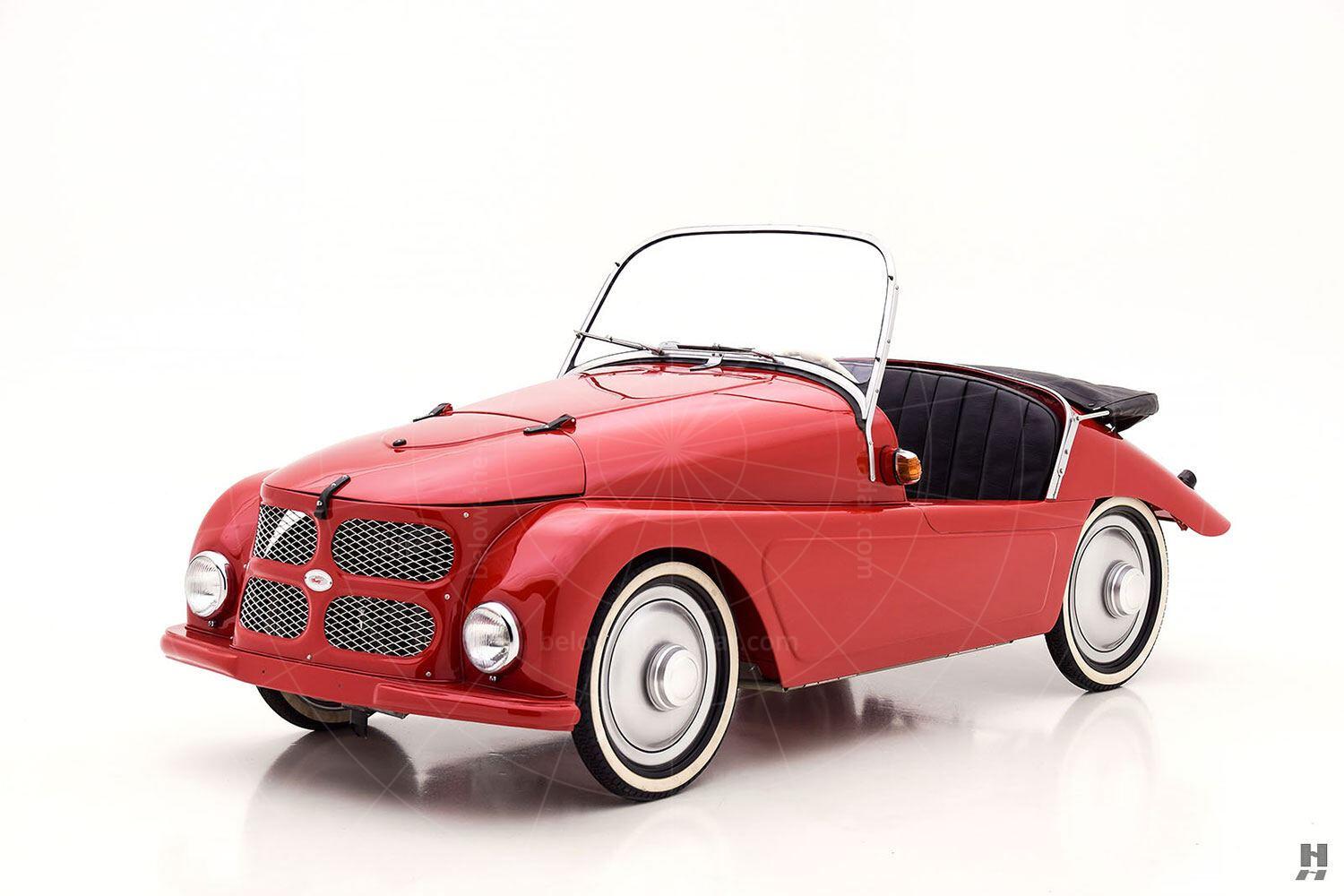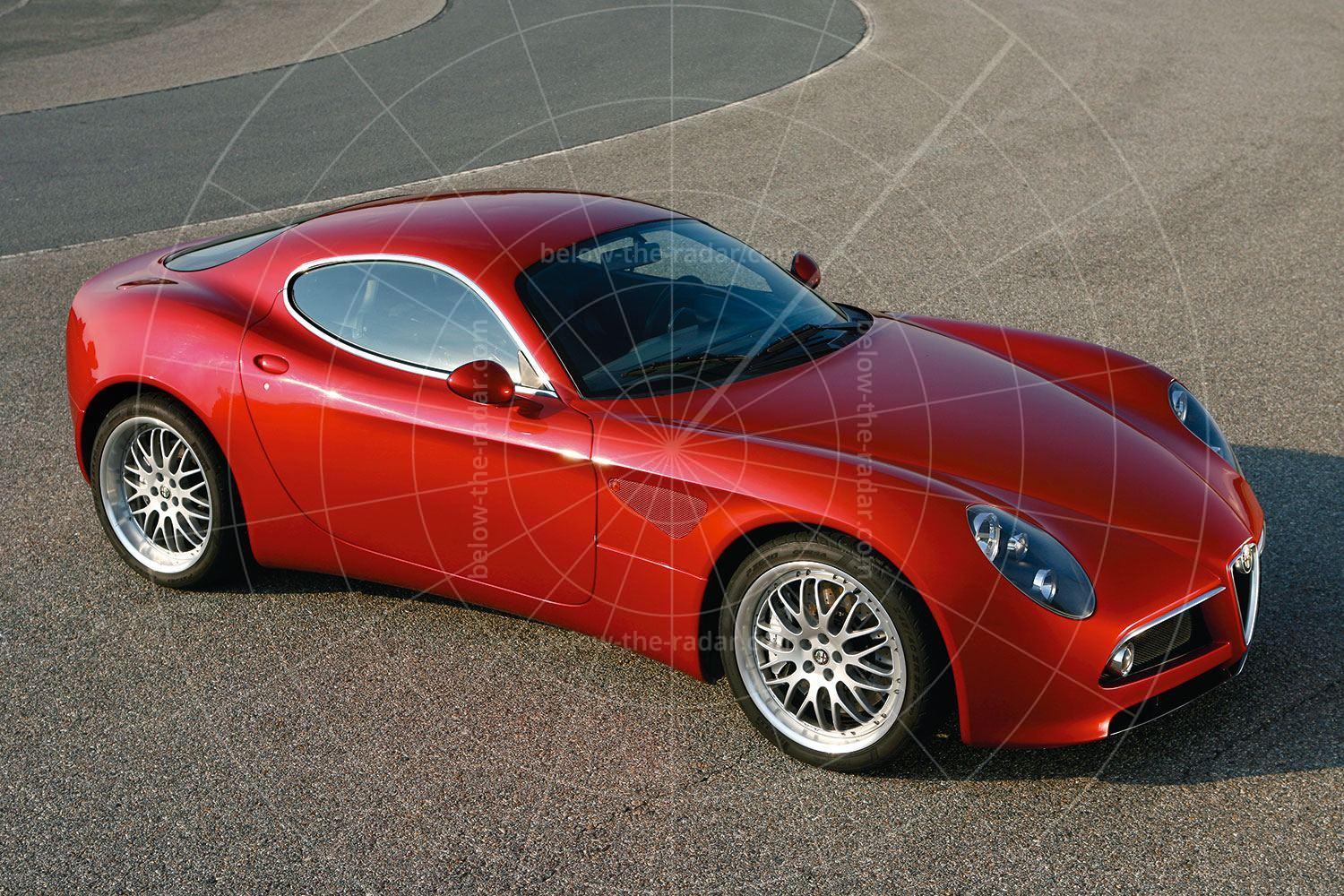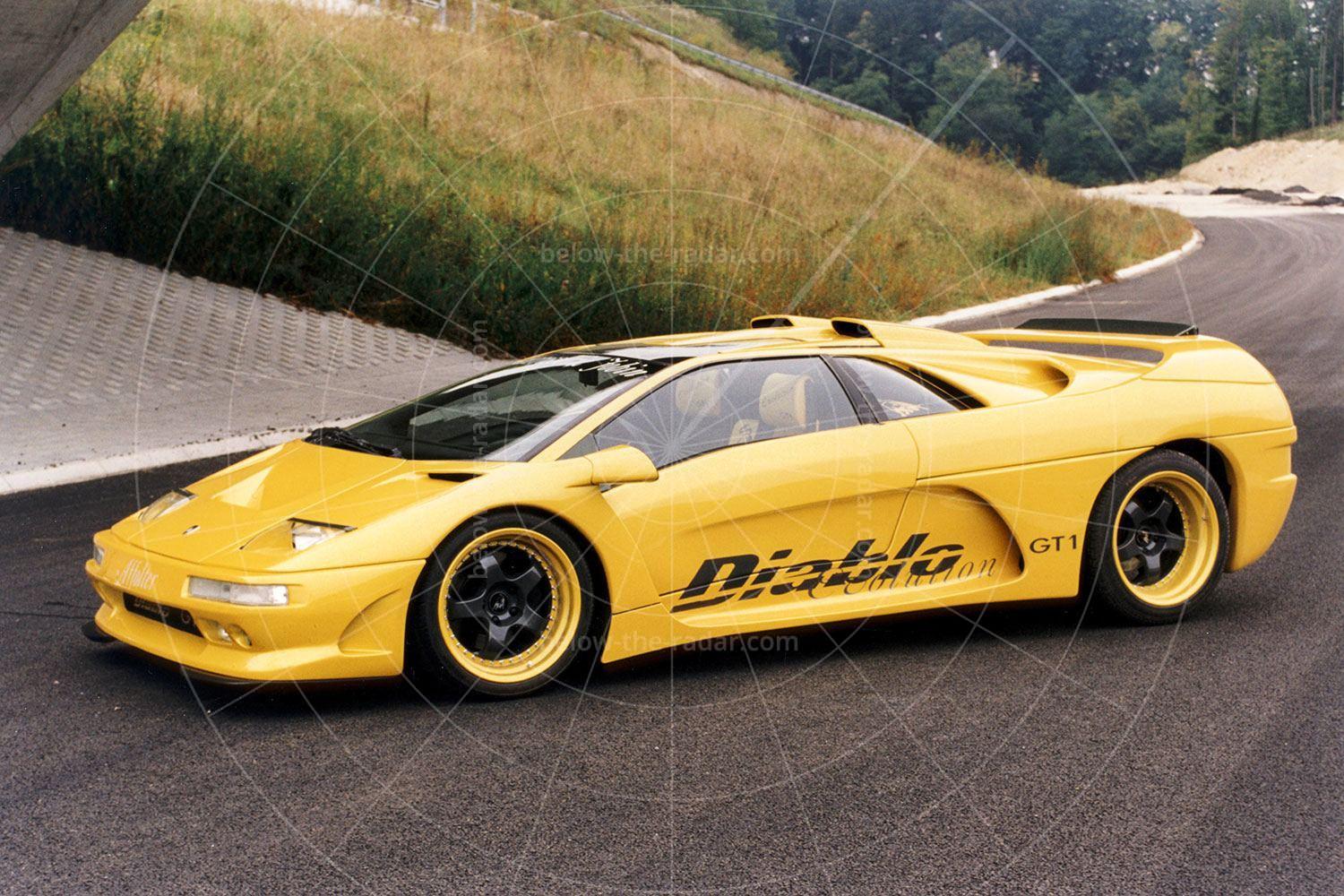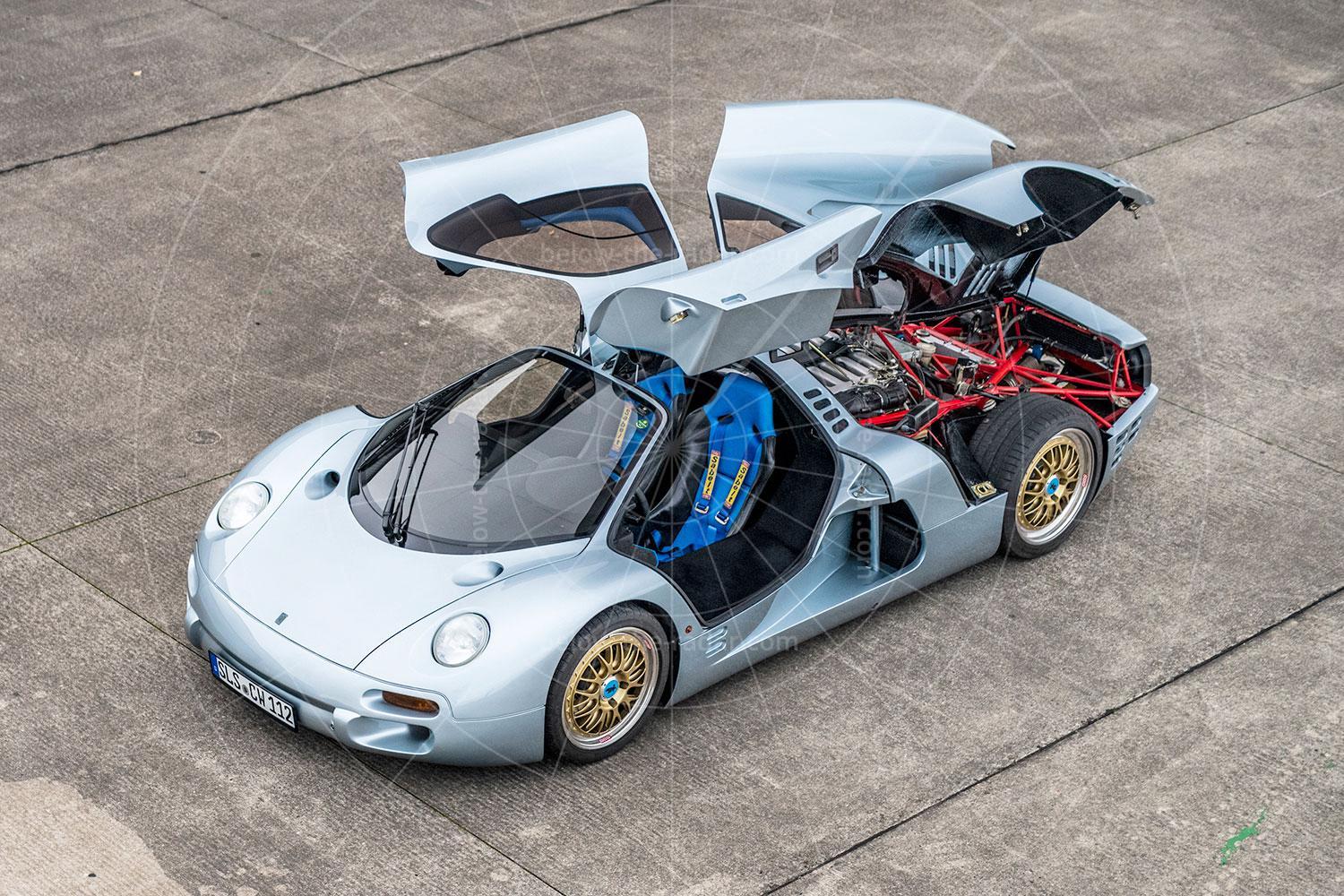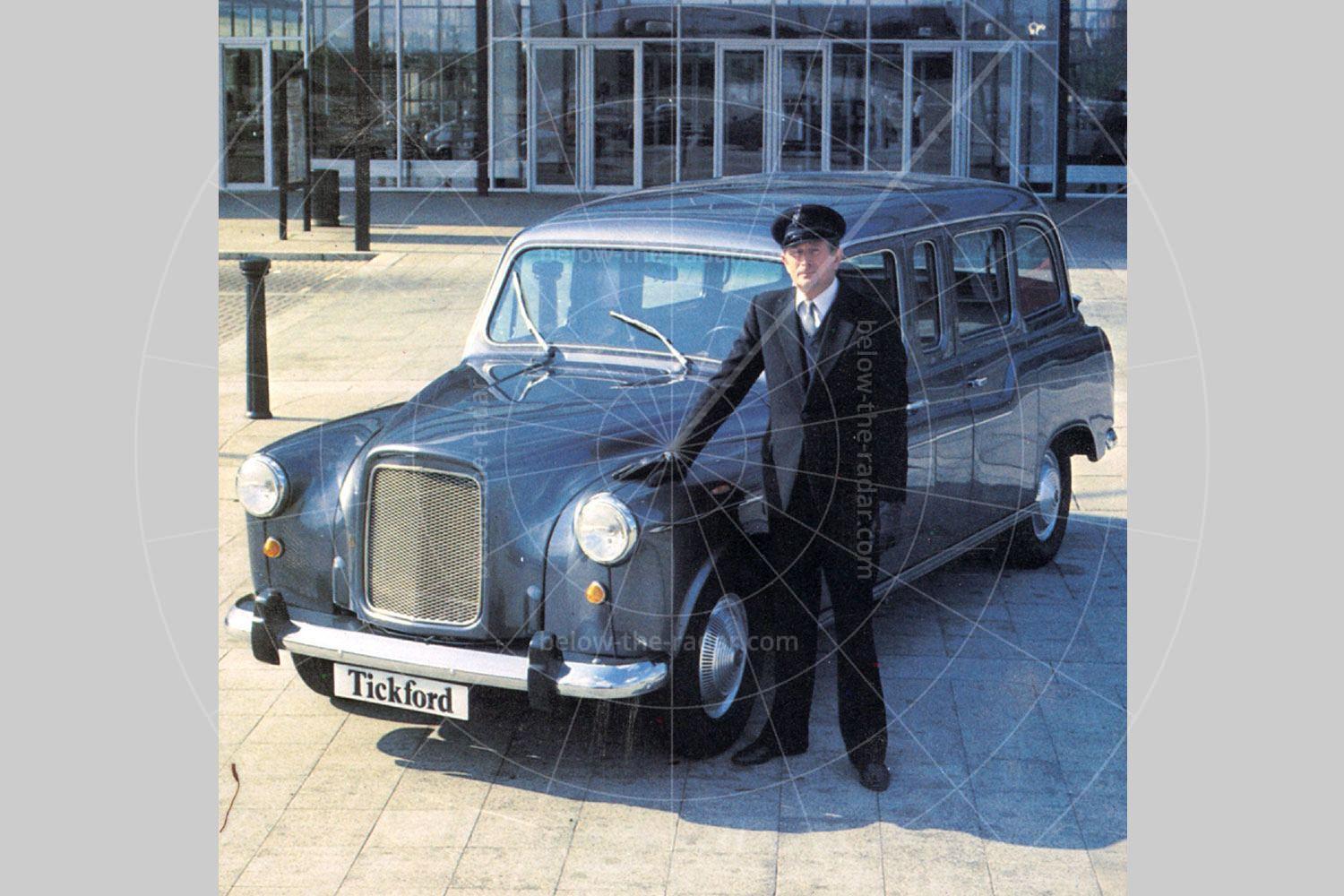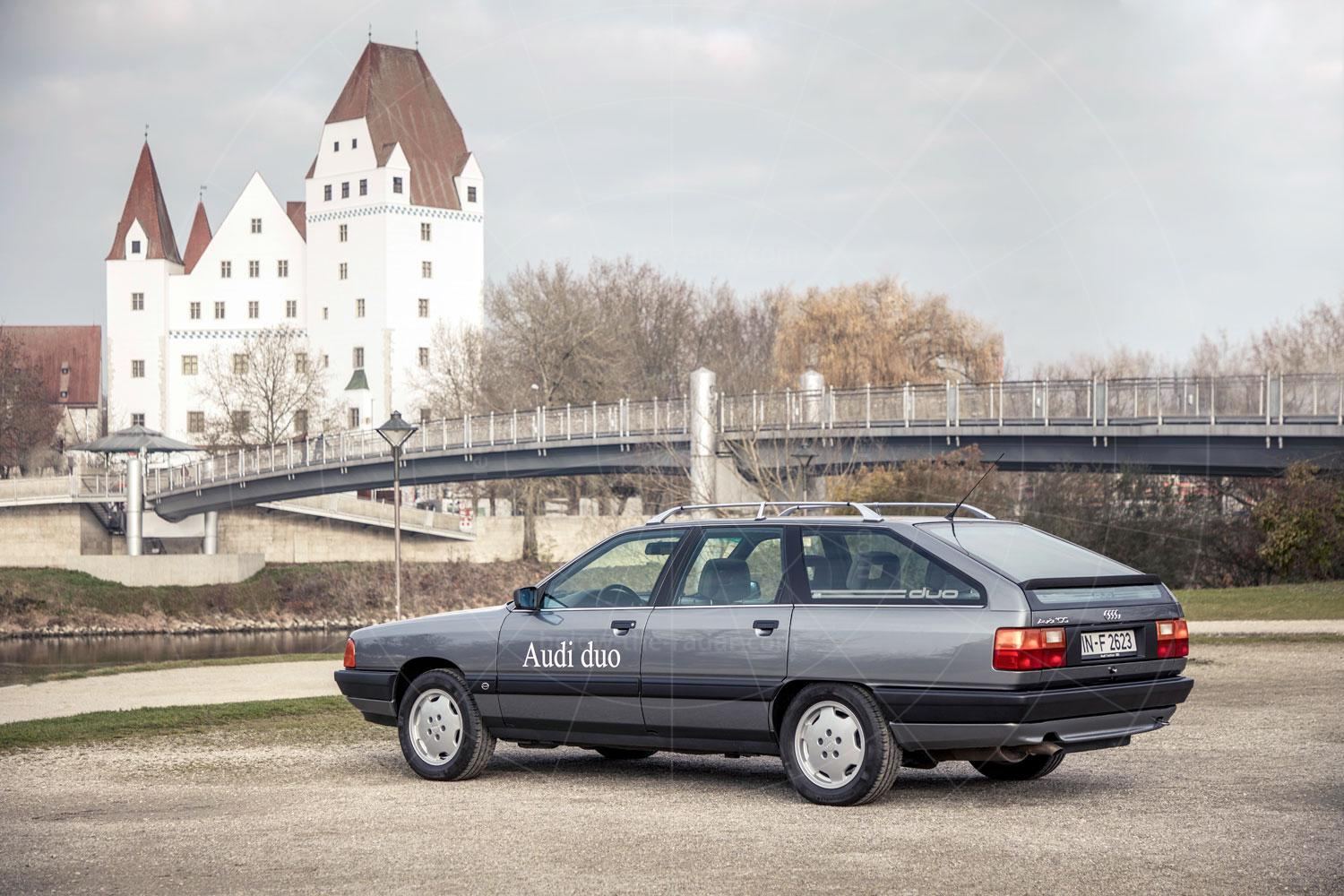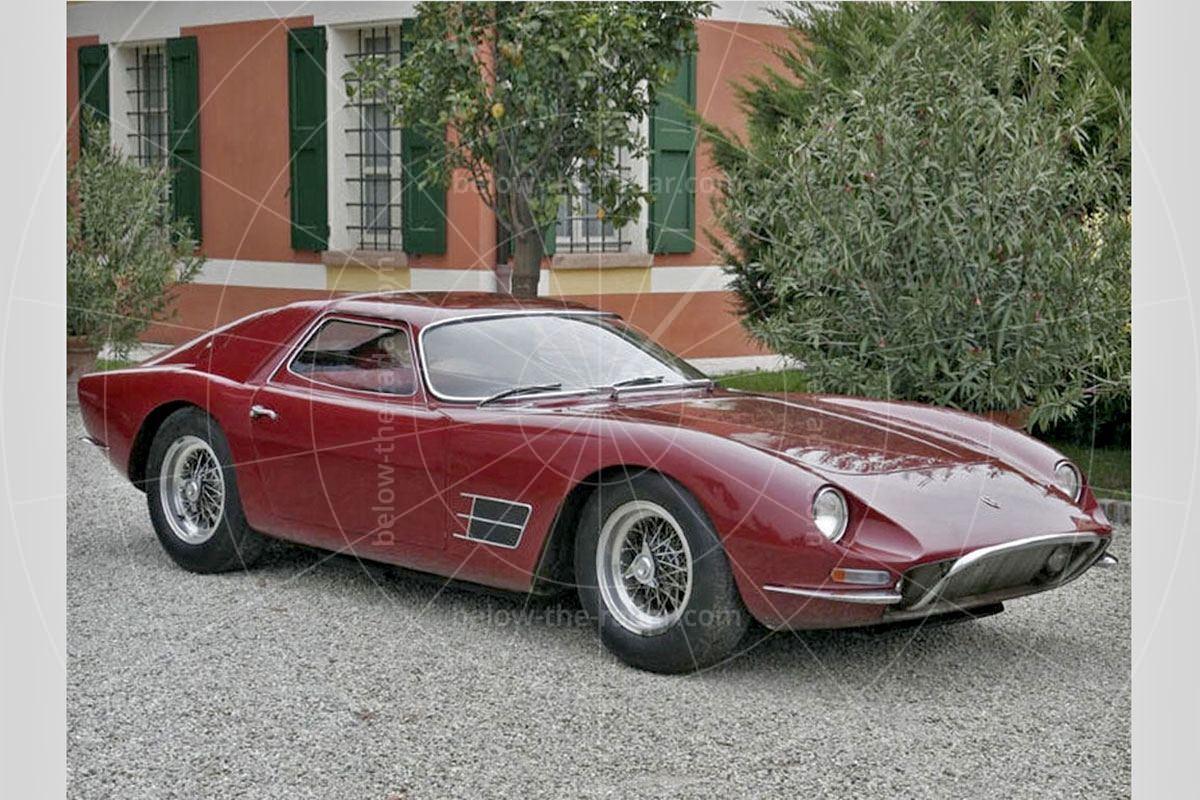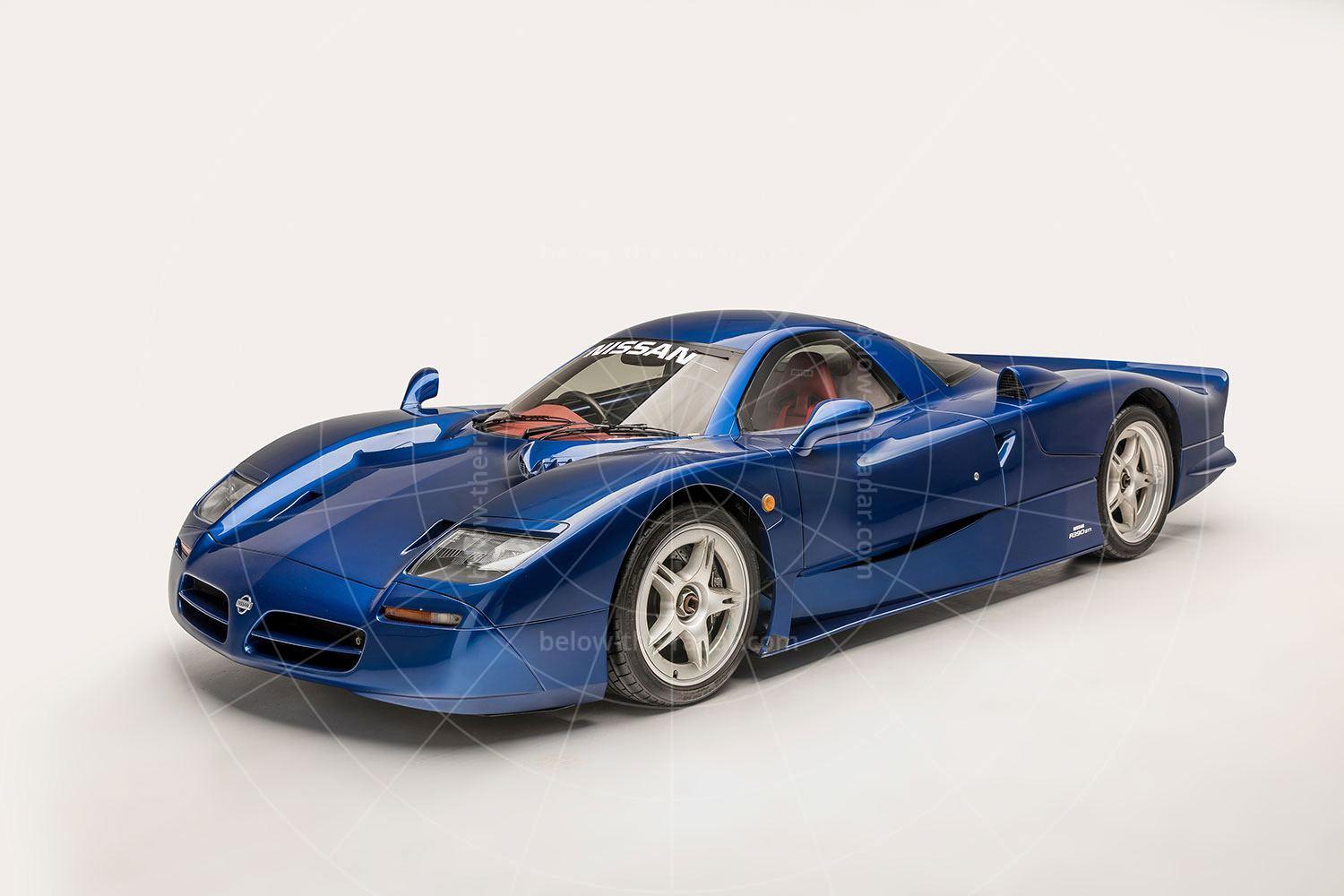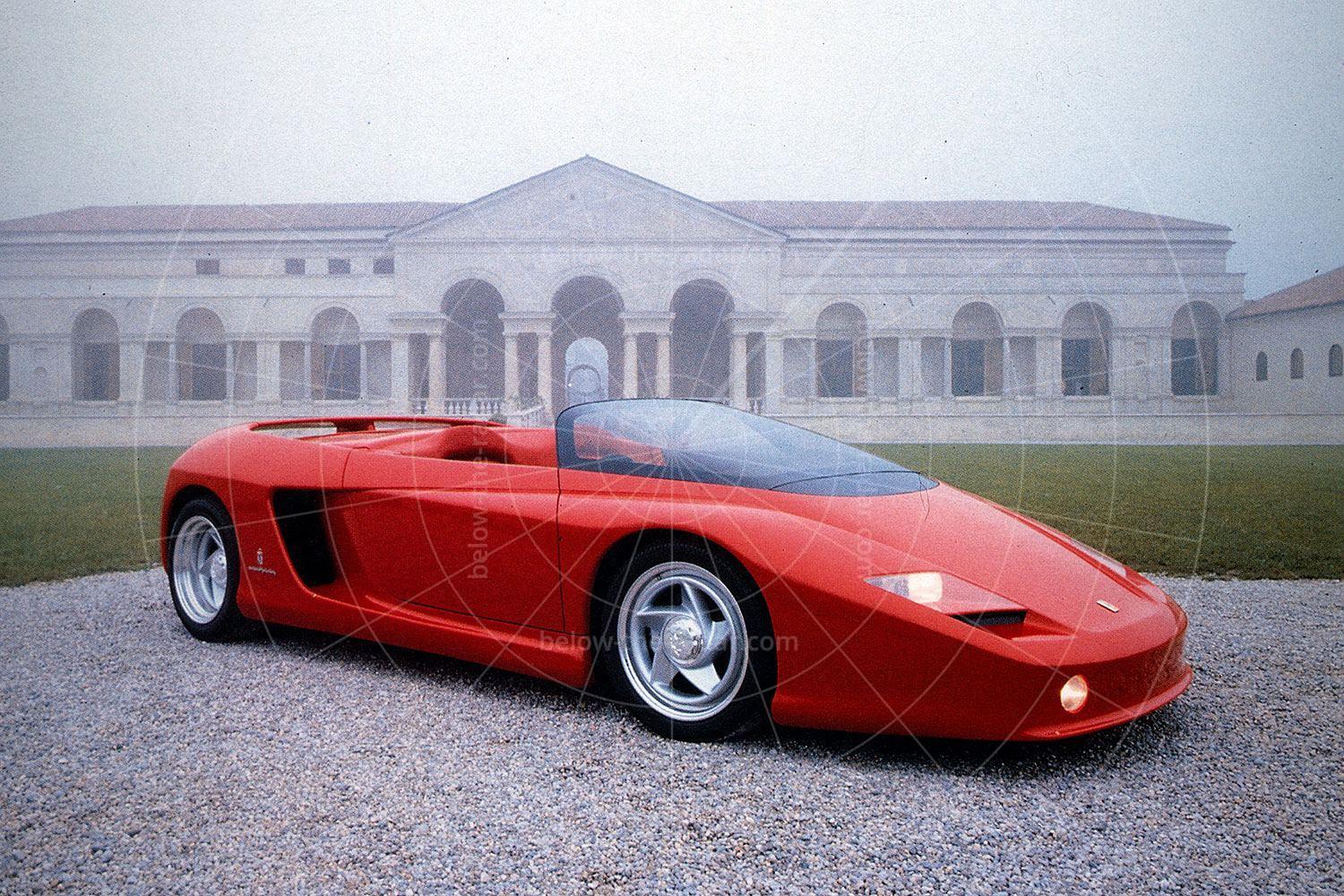The normally stoic and pragmatic Germans must have had a great need for a bit of levity after all they had been through during World War II. The German infrastructure, economy and spirit had been crushed to bits in the 1940s and as they rebuilt from the ground up, the 1950s spawned the era of the microcar.
Germans needed inexpensive transport that could be more practical than a motorcycle yet offer comparable efficiency given the serious shortages of fuel. The microcar boon brought a vast array of cheeky, almost comical little cars that offered German motorists exactly the kind of efficient transportation that they needed. Cars such as the Heinkel, Messerschmitt and Isetta earned such vehicles the nickname 'bubble cars' because of their comical, egg-shaped bodies. Aside from these regular players in the microcar market, there were scores of other, lesser known examples that popped up and disappeared during the 1950s.
One such car was the Kleinschnittger F125. Produced by Paul Kleinschnittger of Arnsberg, Germany, between April 1950 and August 1957, this microcar oddity weighed in at a featherweight 150kg (330lb) and was powered by a tiny 125cc two-stroke single which generated all of 5.4bhp.
The cute little roadster body was just 8' 8" (264cm) long and 3' 9" (114cm) wide, and it was made of hand-beaten aluminum over a steel tubular Wachtendord & Schmidt chassis. Employing leftovers from the Second World War, ex-army cooking pots cut into quarters formed the basis for the moulds of the front wing curves. Each of the four wheels featured fully independent rubber band suspension and the result was an adorable, whimsical two-seat roadster with almost pedal-car like proportions.
The ILO air-cooled single-cylinder engine sent its power through a three-speed gearbox to the front wheels and although the F125's official top speed was 70kph (44mph), you'd need a lot of courage and a substantial tailwind (or downhill slope) to attempt such a feat. Of more importance to buyers was fuel consumption of 3 litres of petrol per 100km, which equates to 94mpg for Brits or about 80mpg for the US market. In spite of its relative obscurity today, the Kleinschnittger sold quite well, with almost 3000 finding homes up until 1957 when production ceased.
| Vital statistics | |
|---|---|
| Produced | 1950-1957, Germany |
| Number built | 2980 |
| Engine | Front-mounted, 125cc, 1-cylinder |
| Transmission | 3-speed manual, front-wheel drive |
| Power | 5.4bhp |
| Top speed | 44mph |
Many thanks to Hyman Ltd for the use of its pictures in this article

